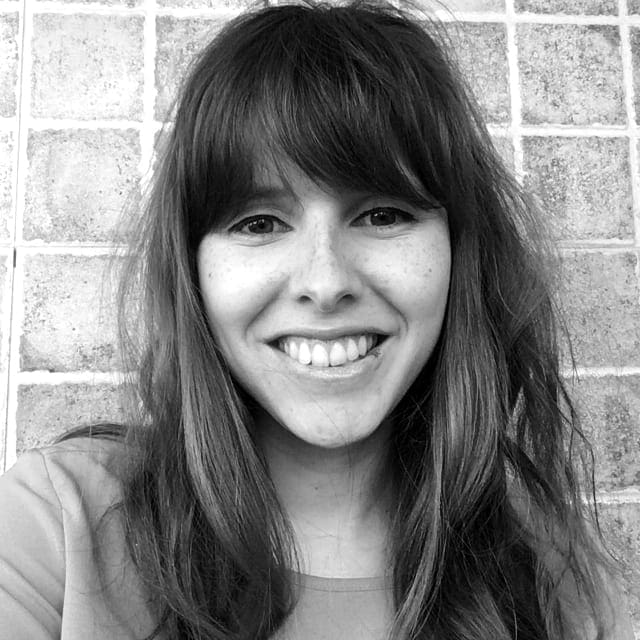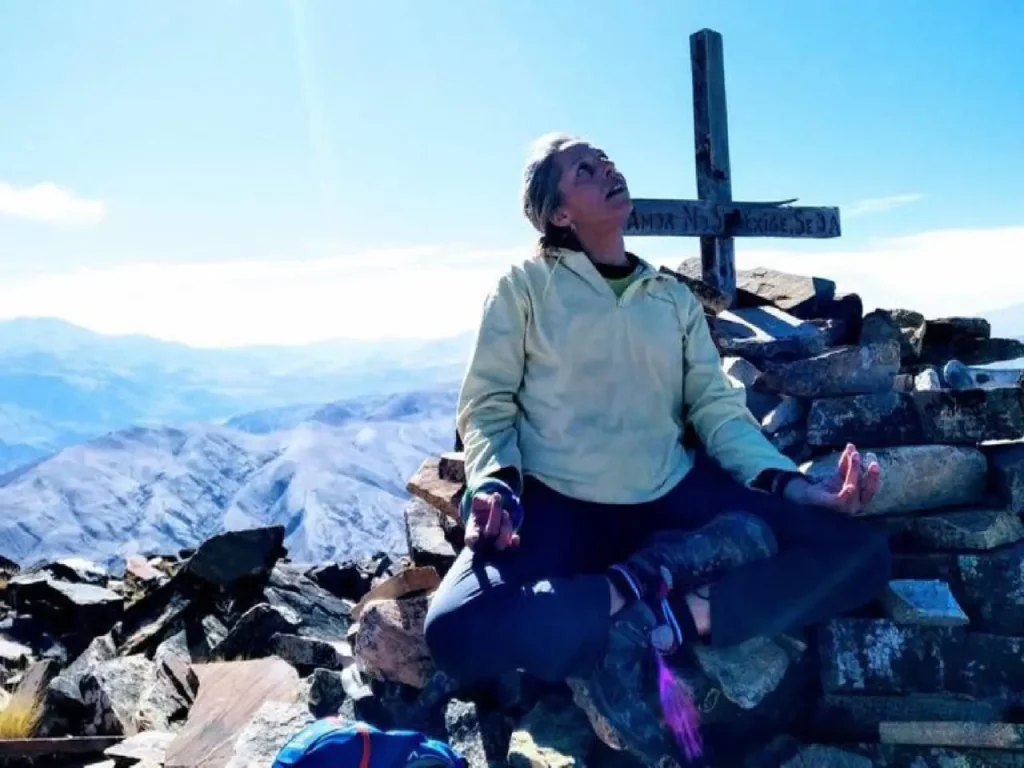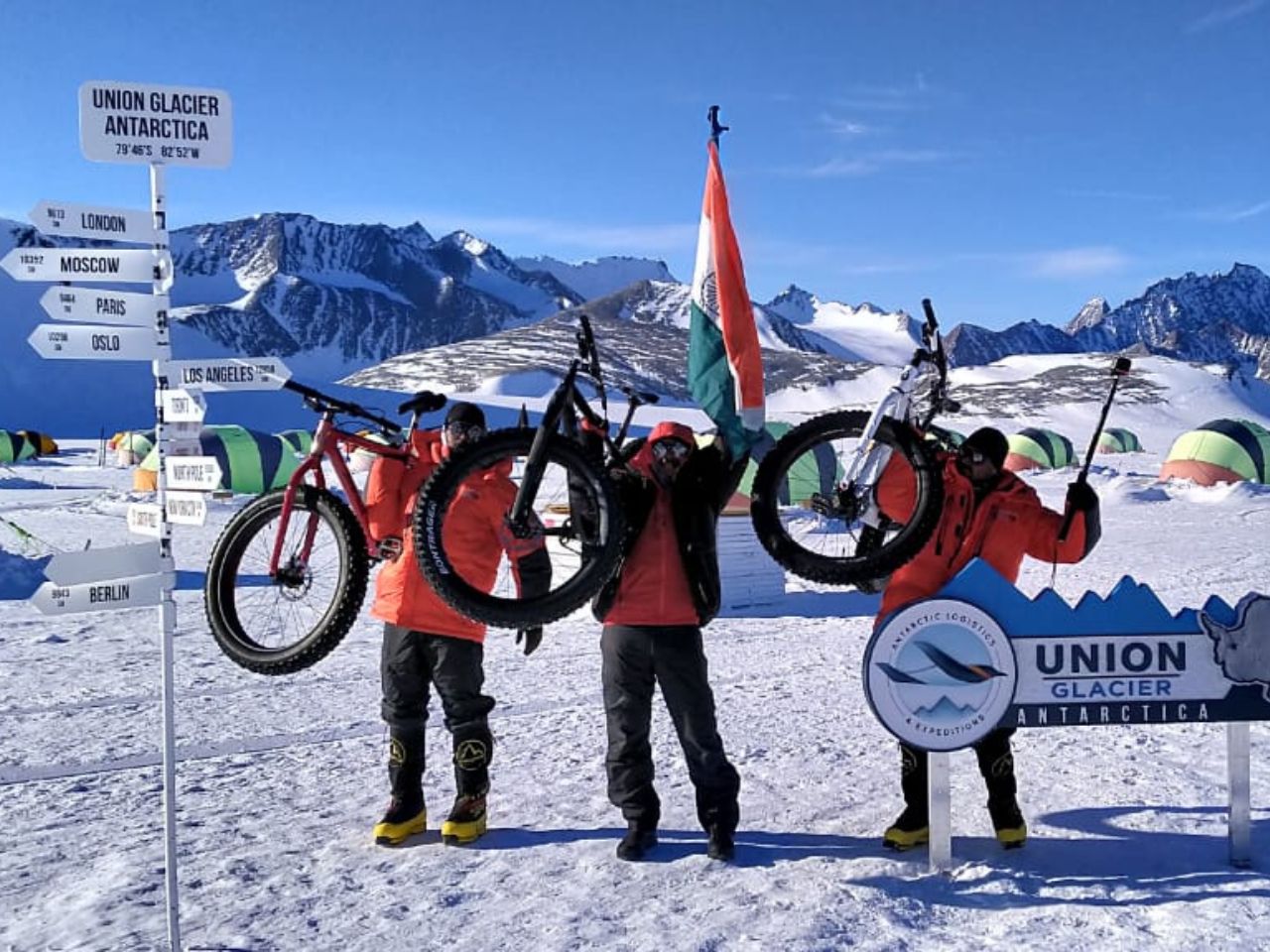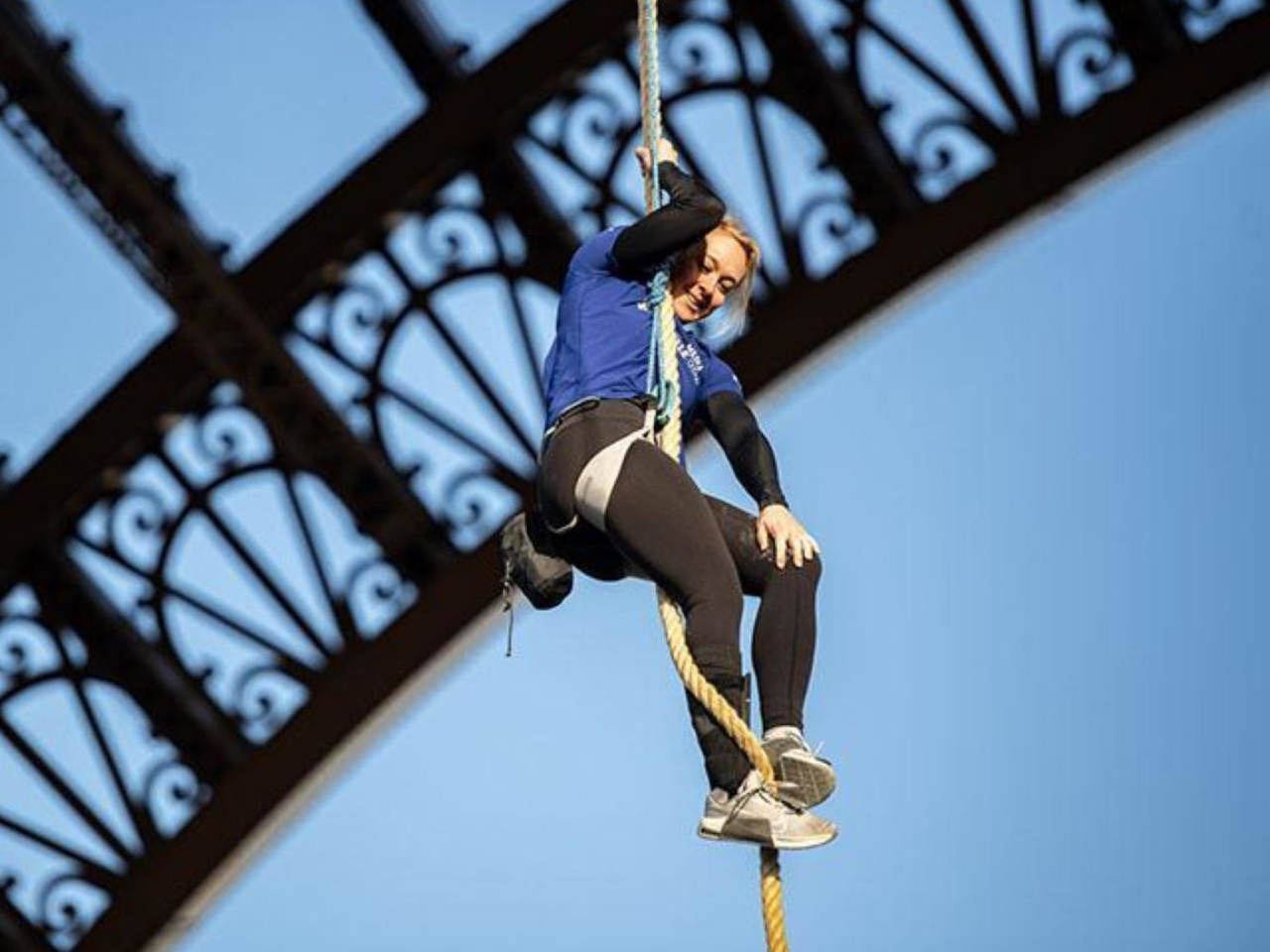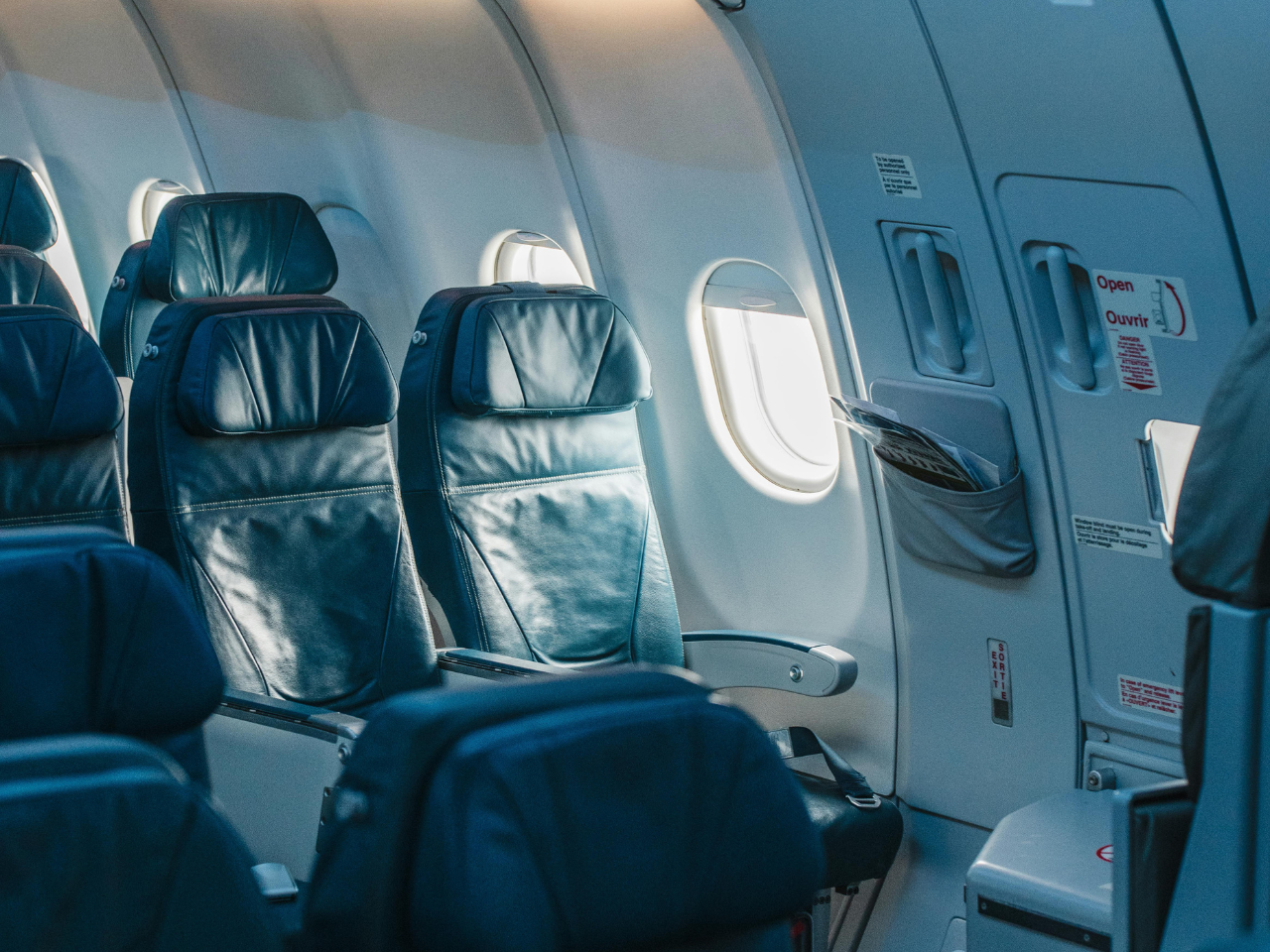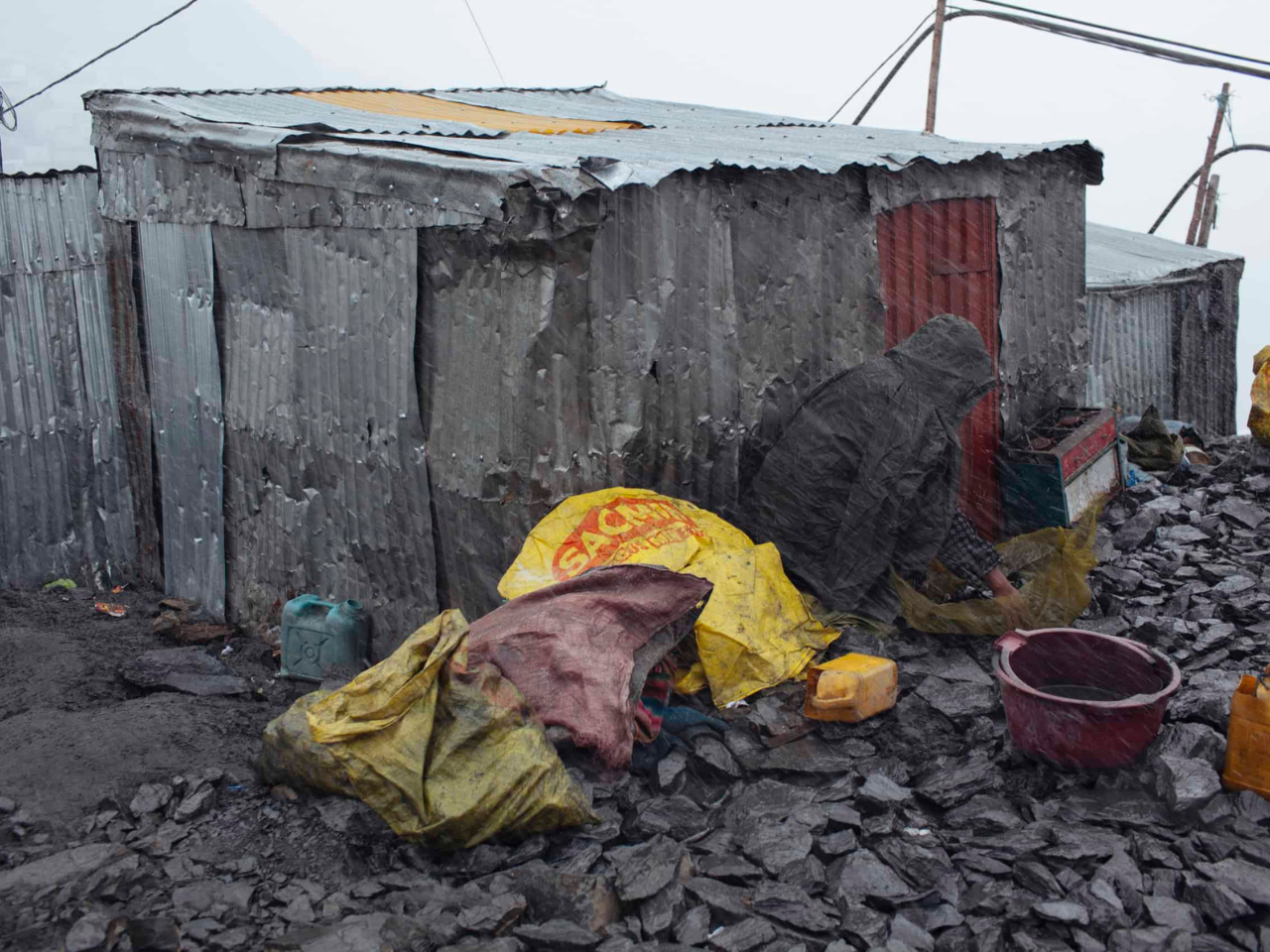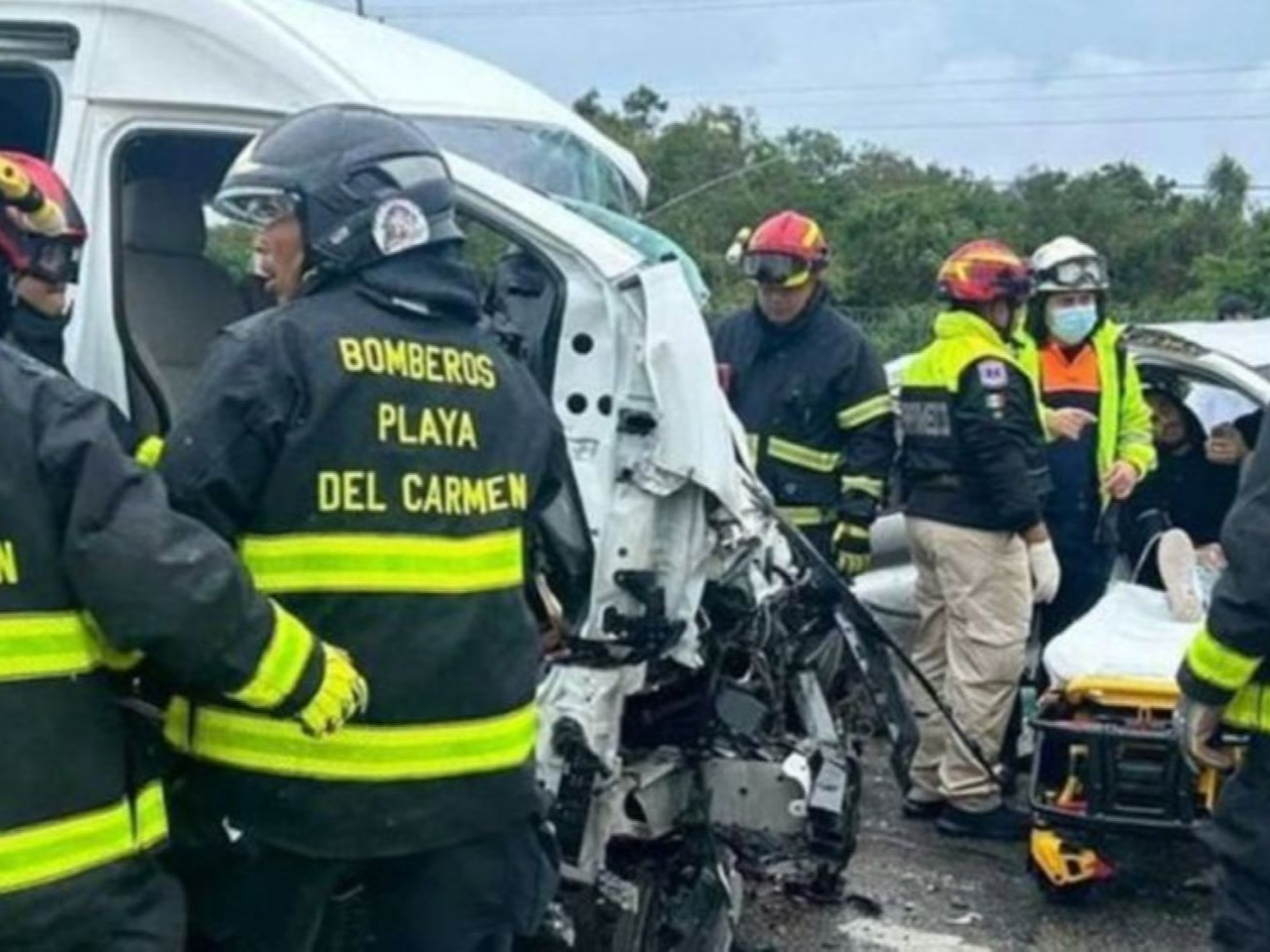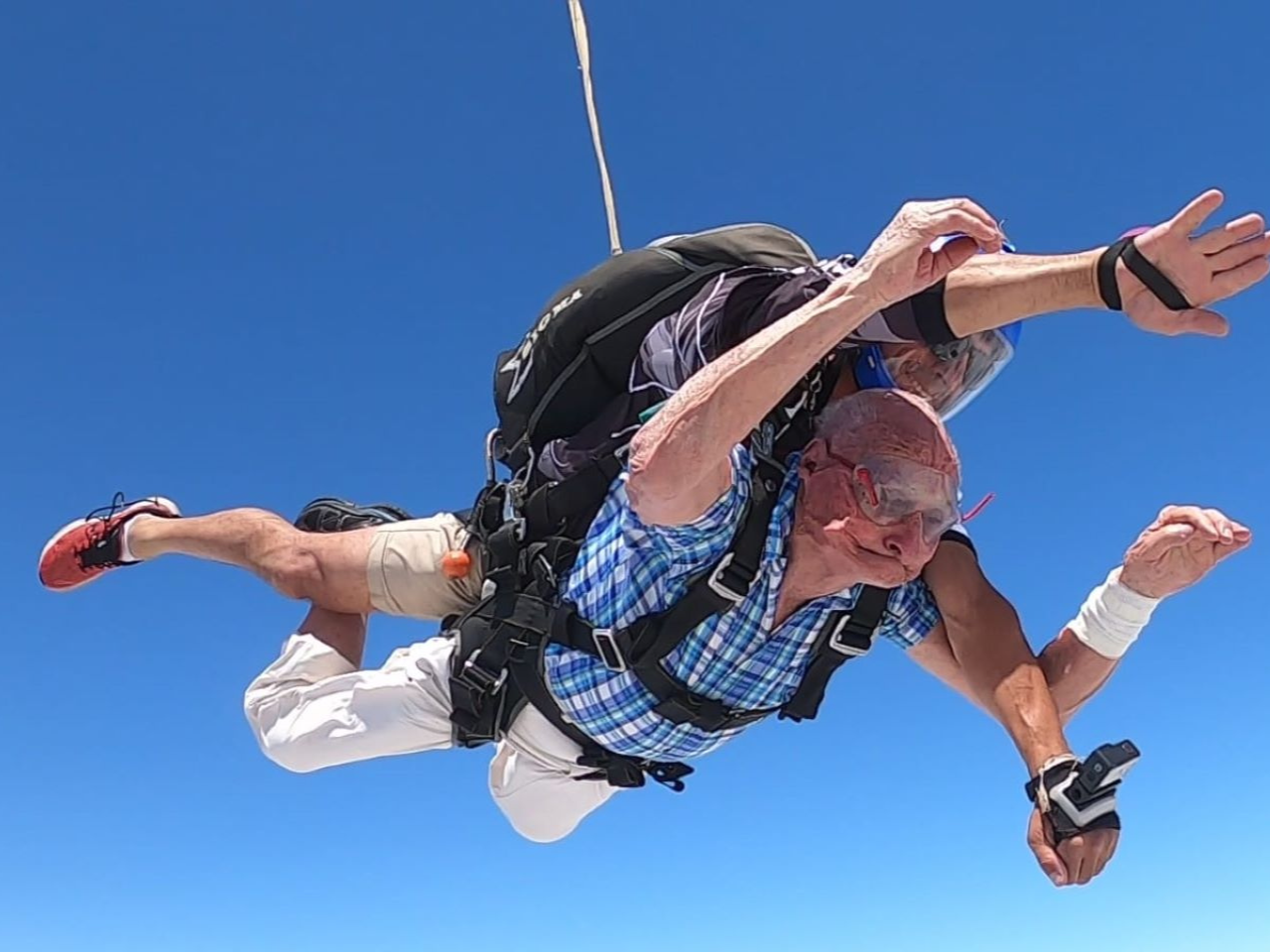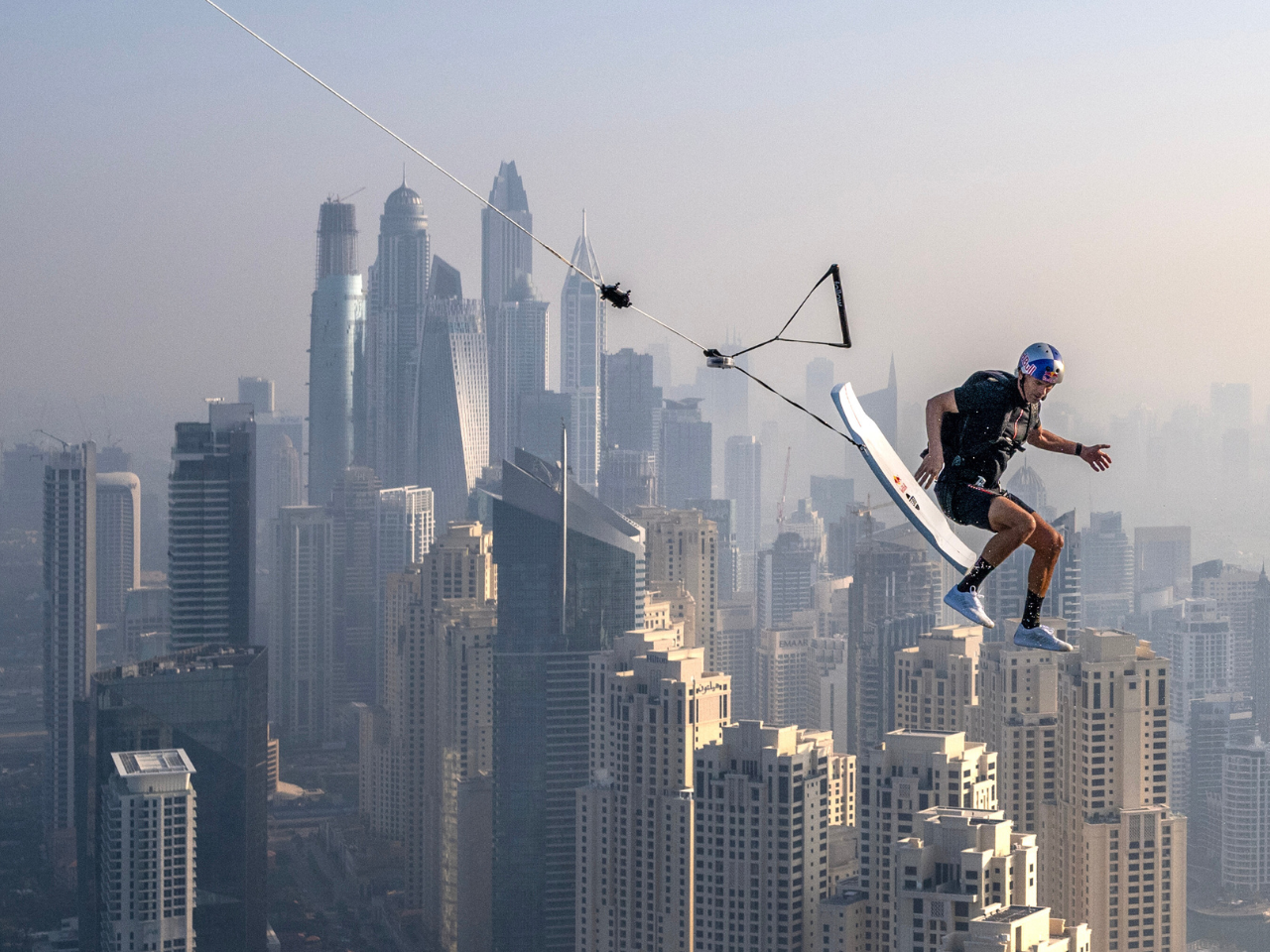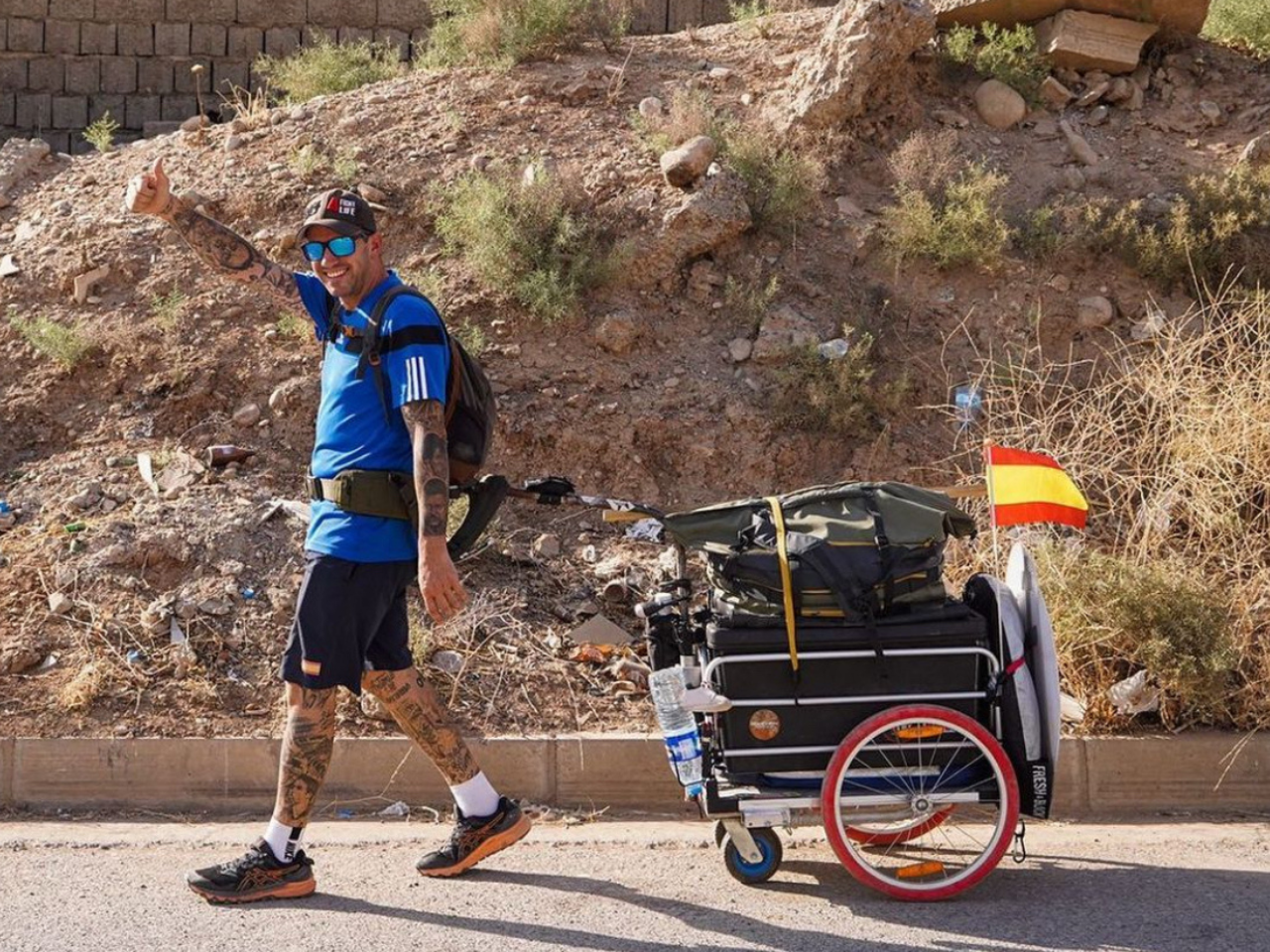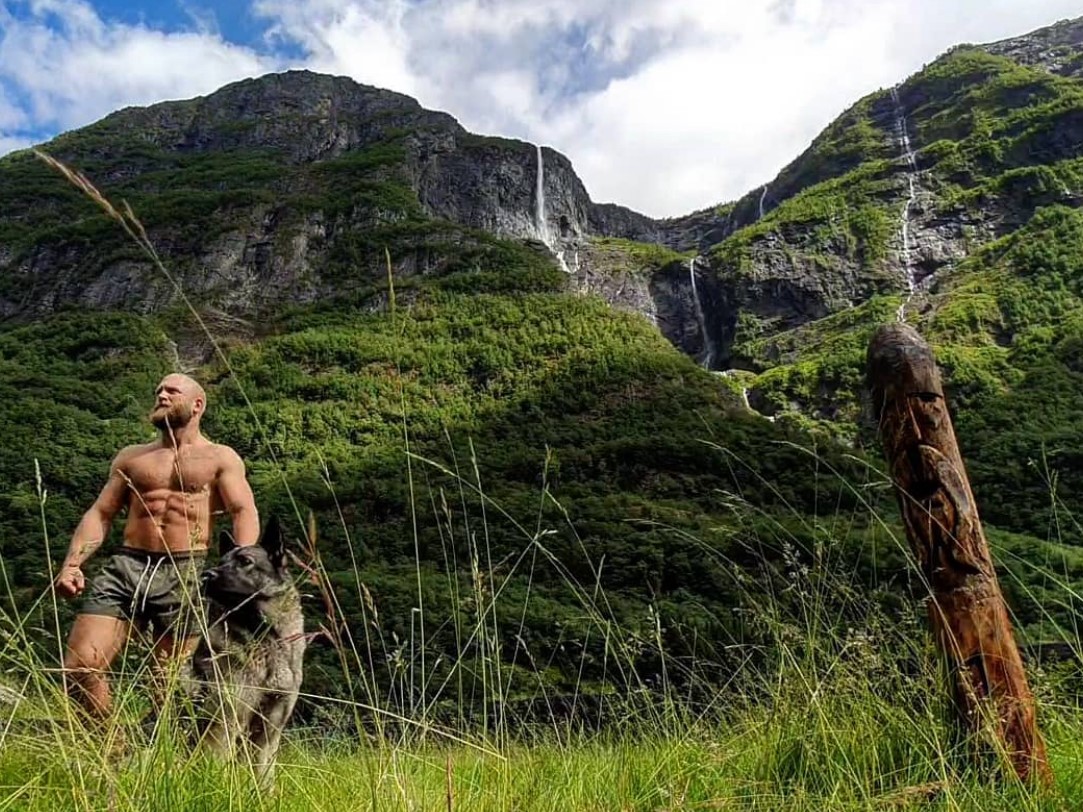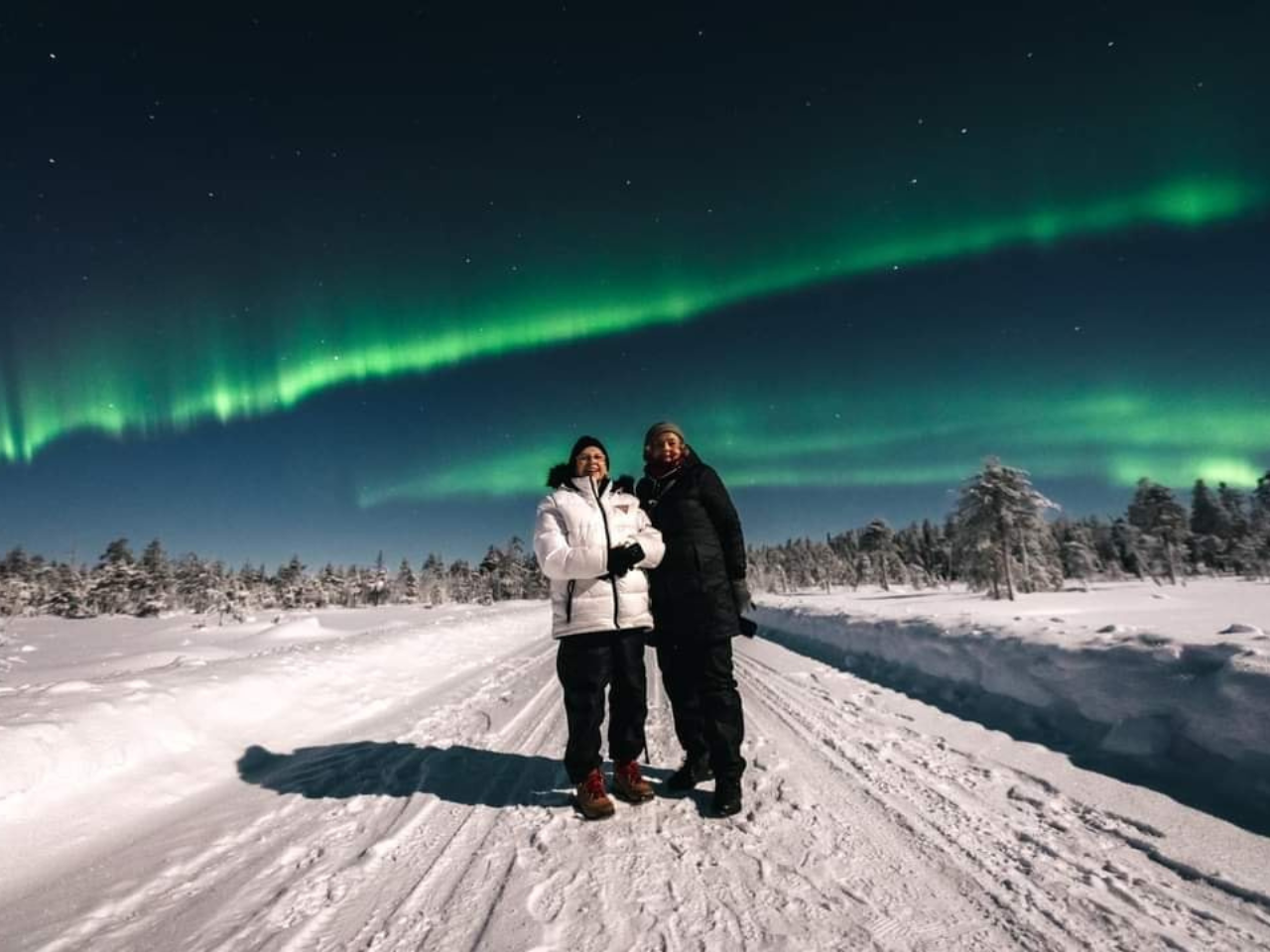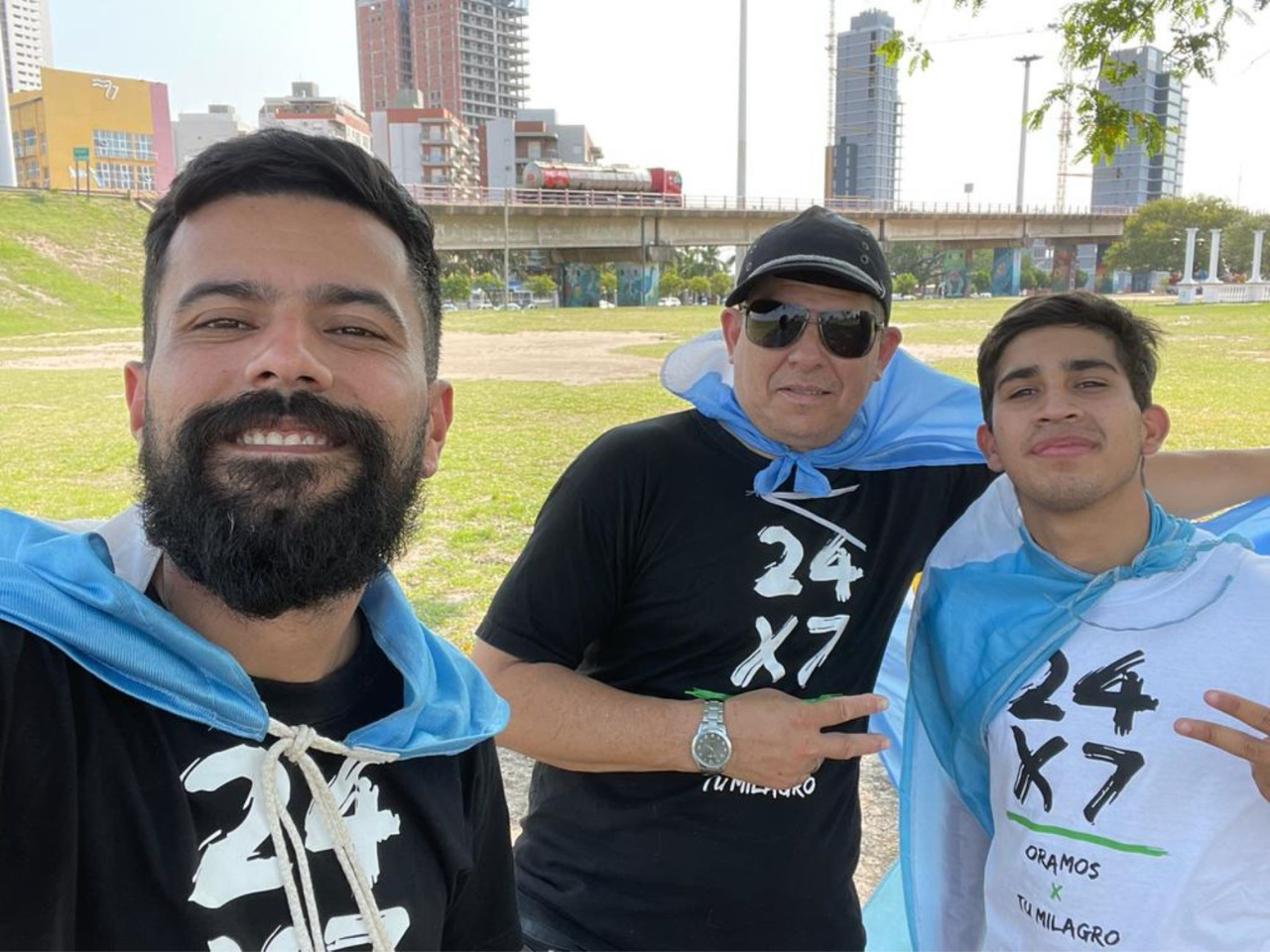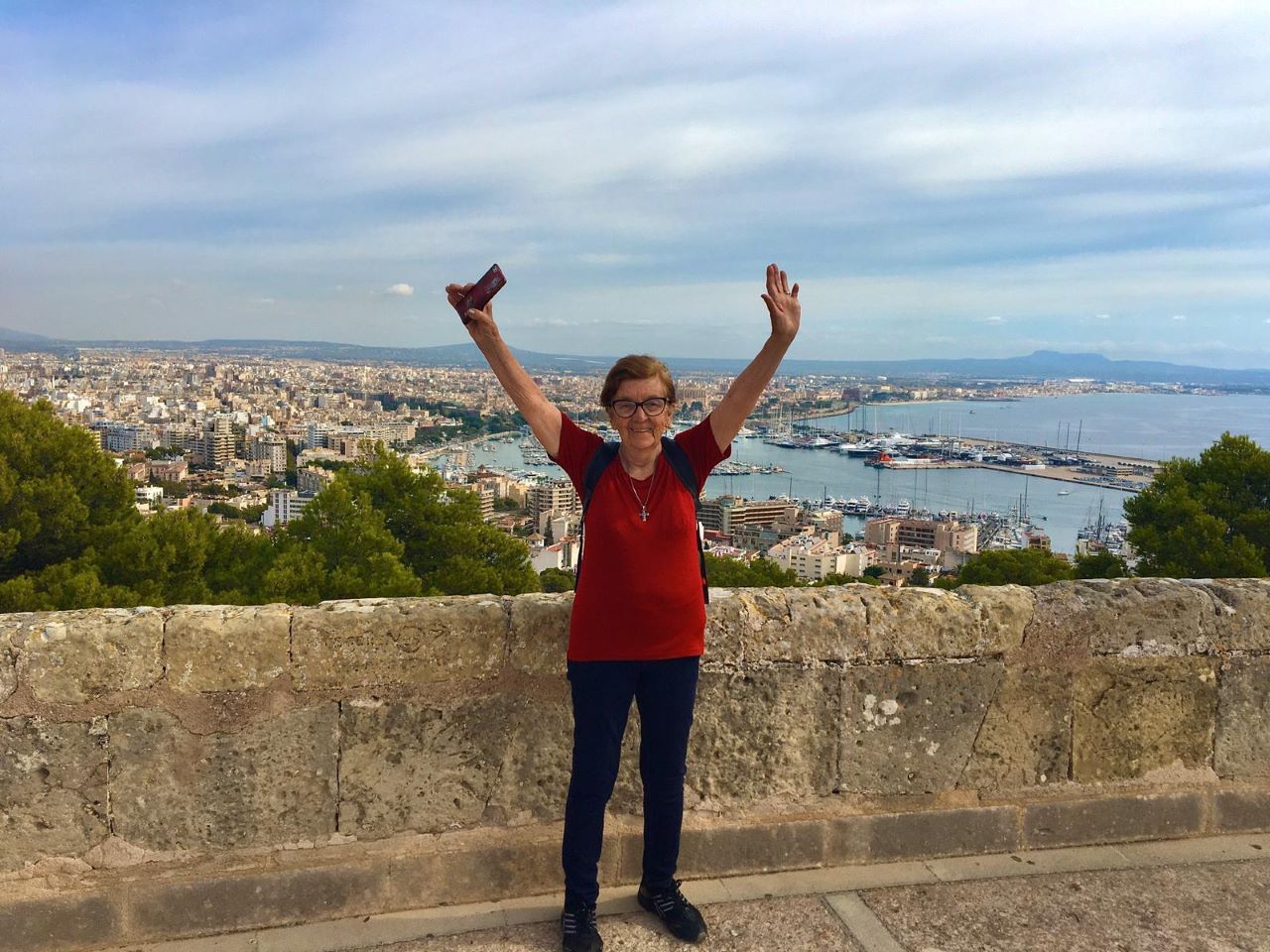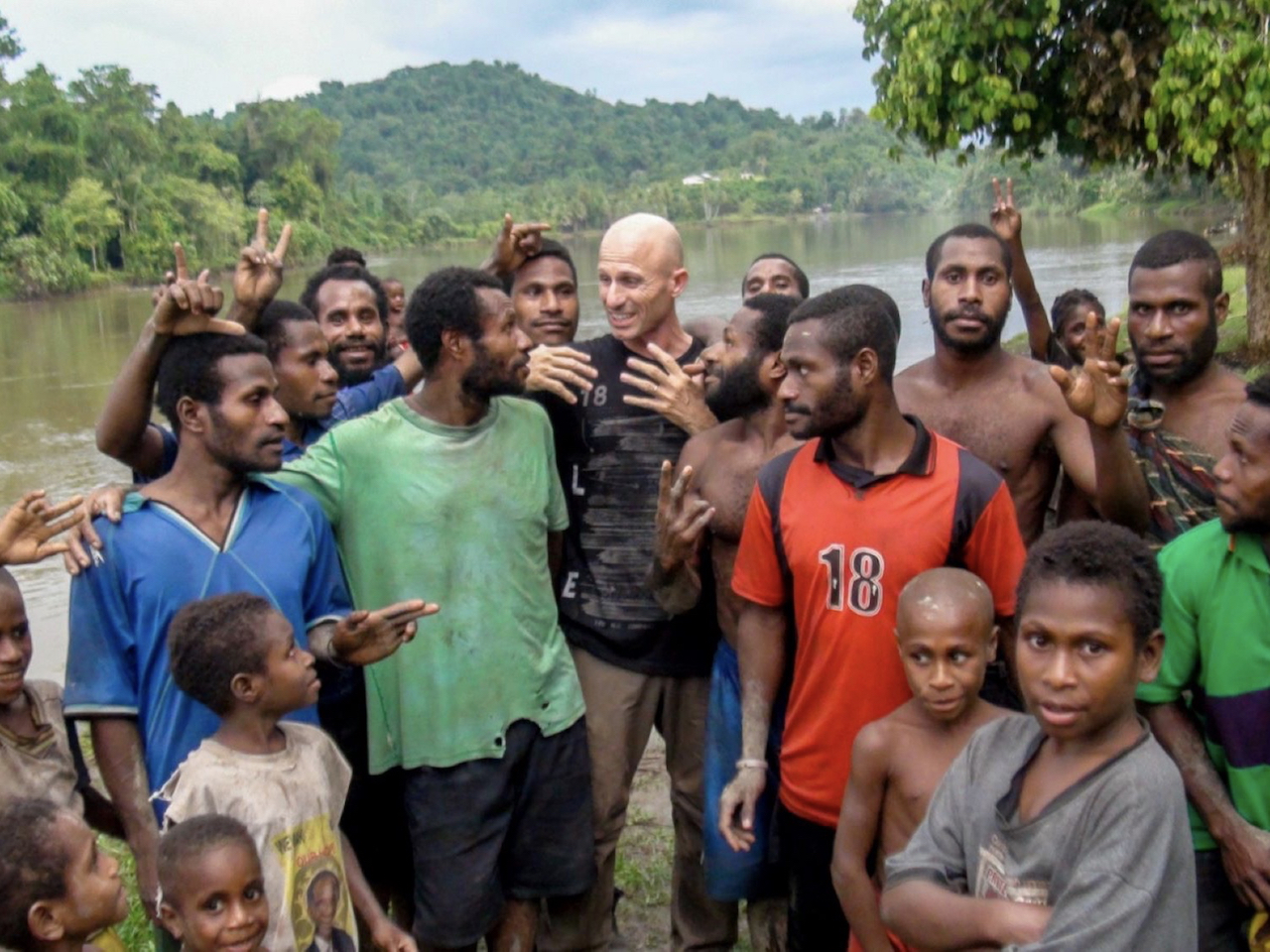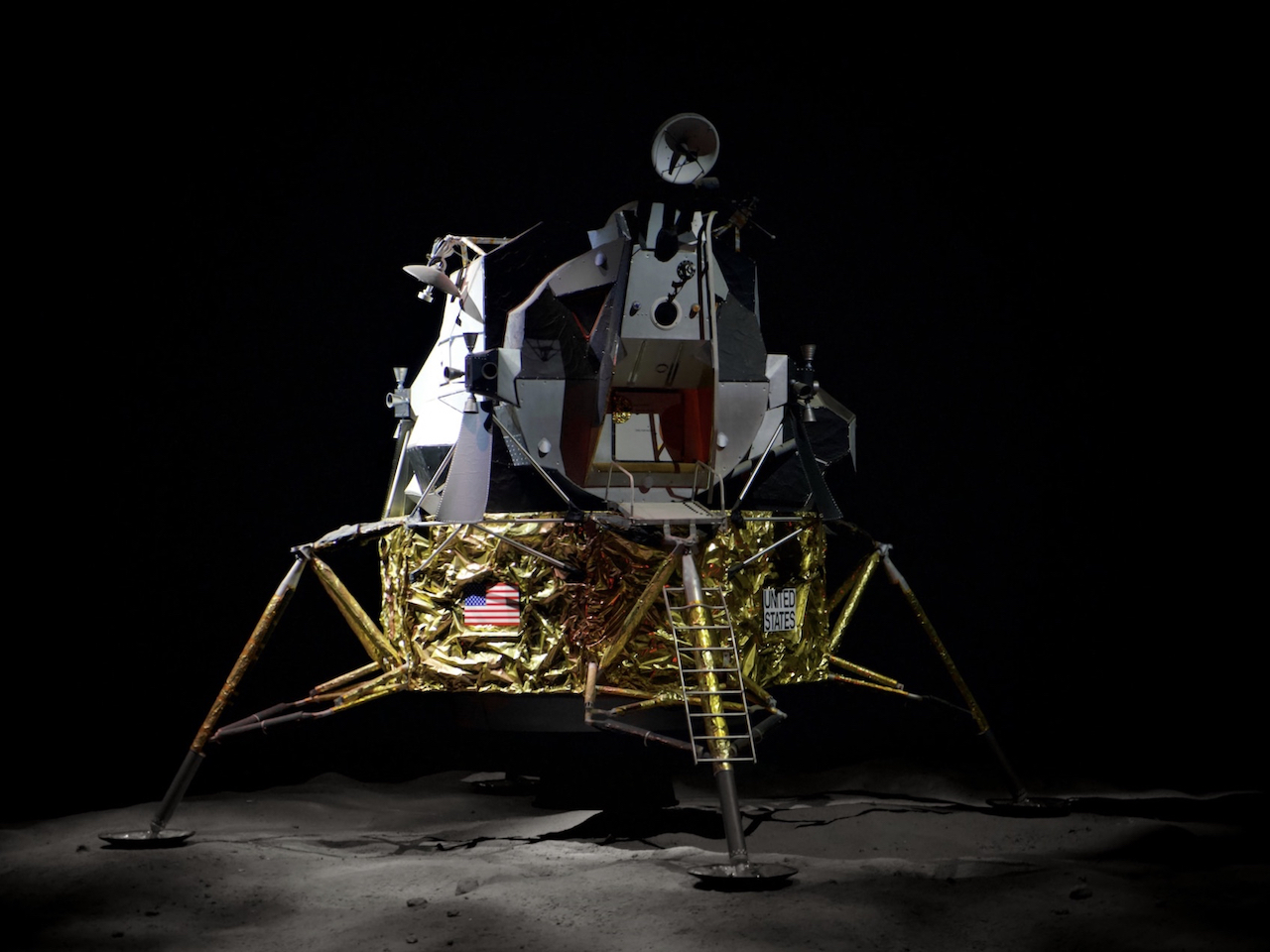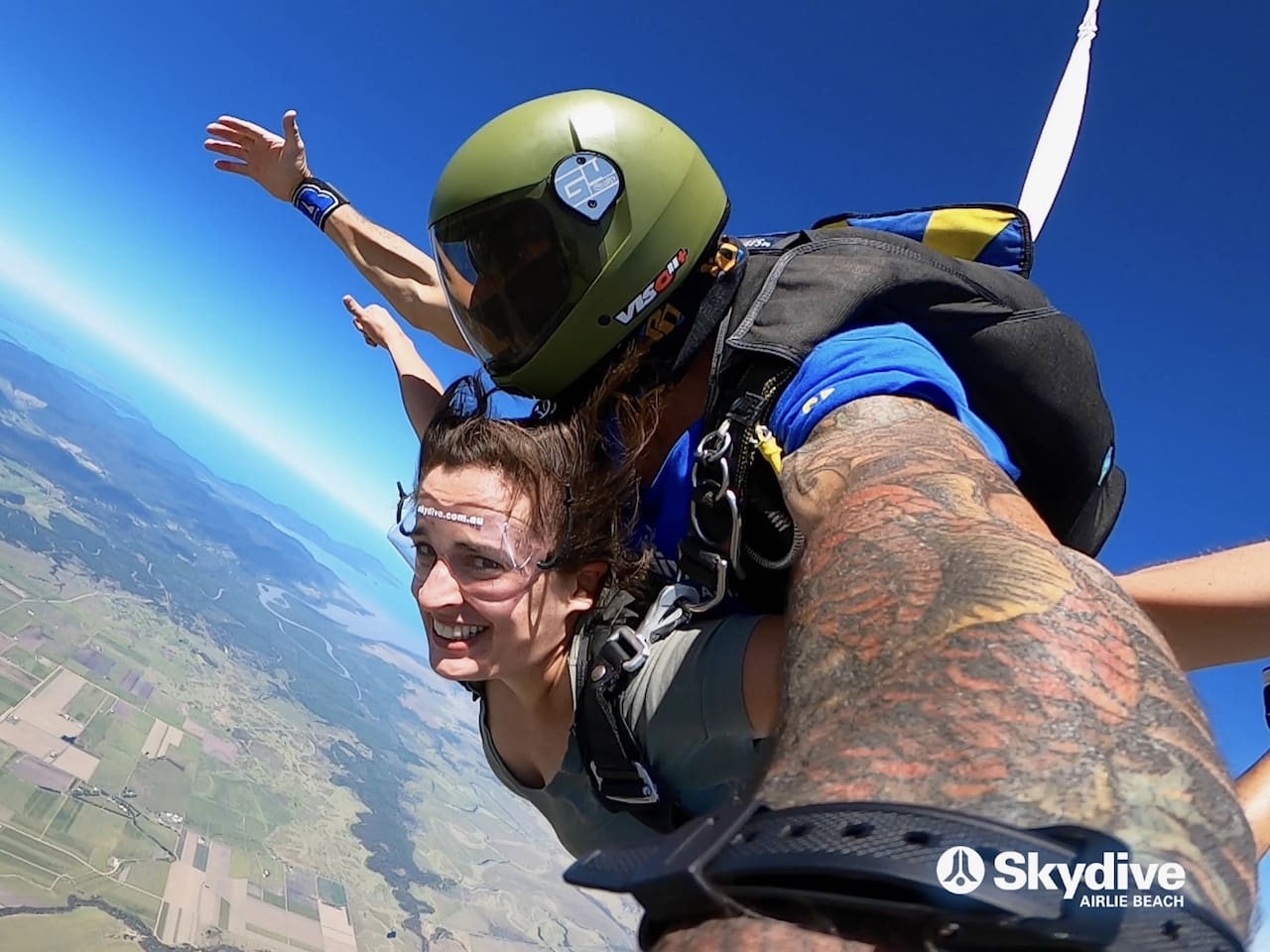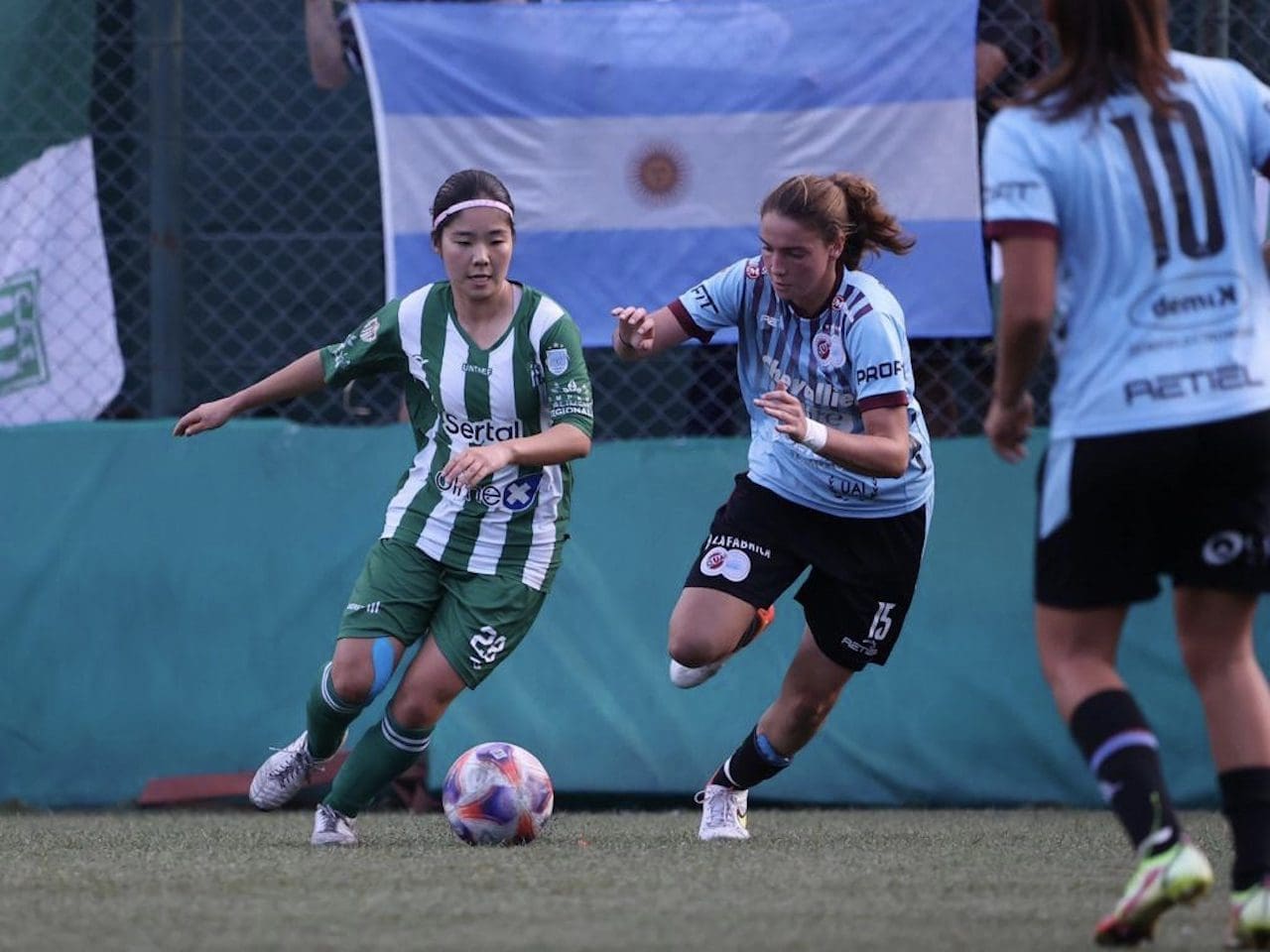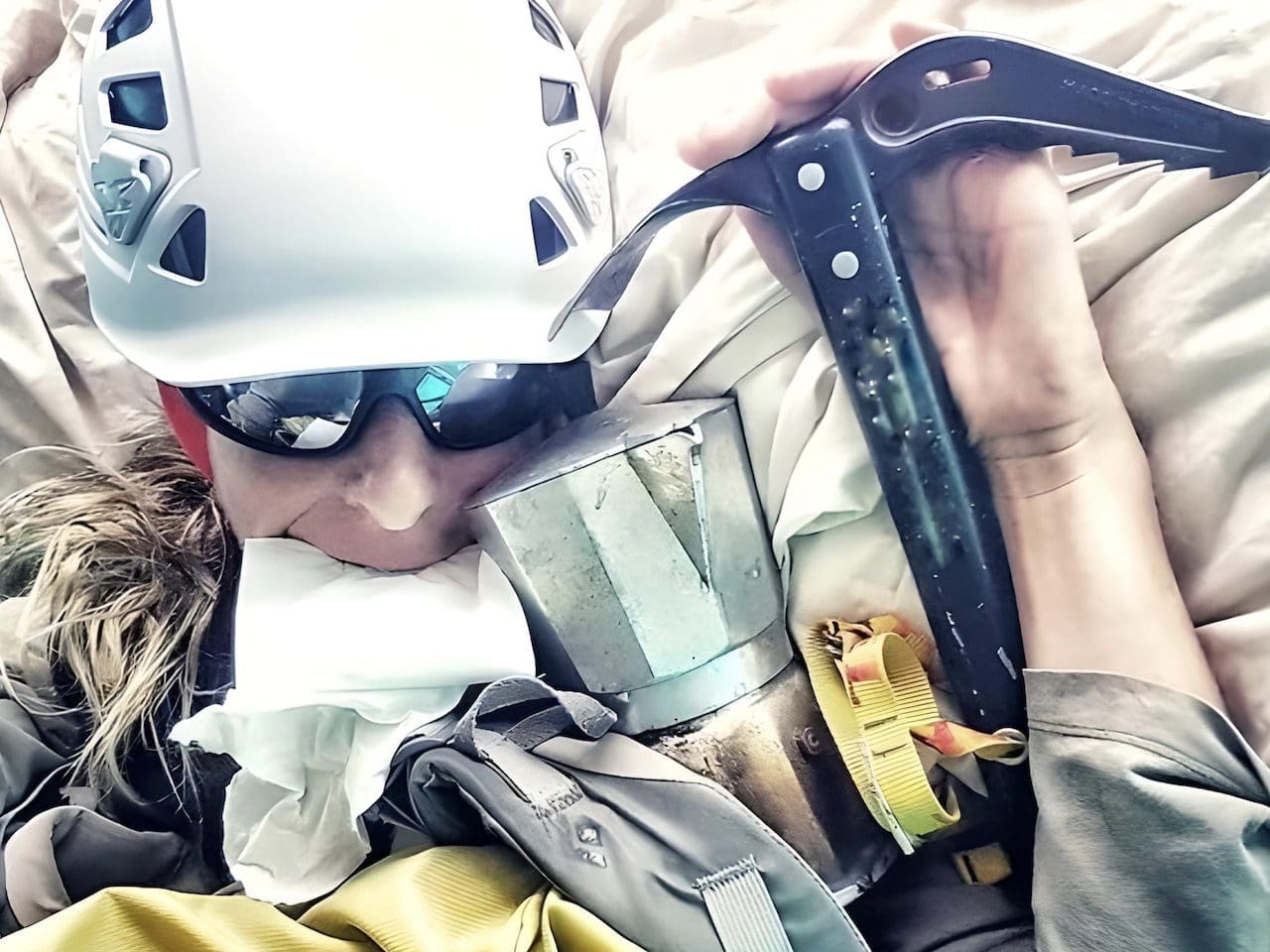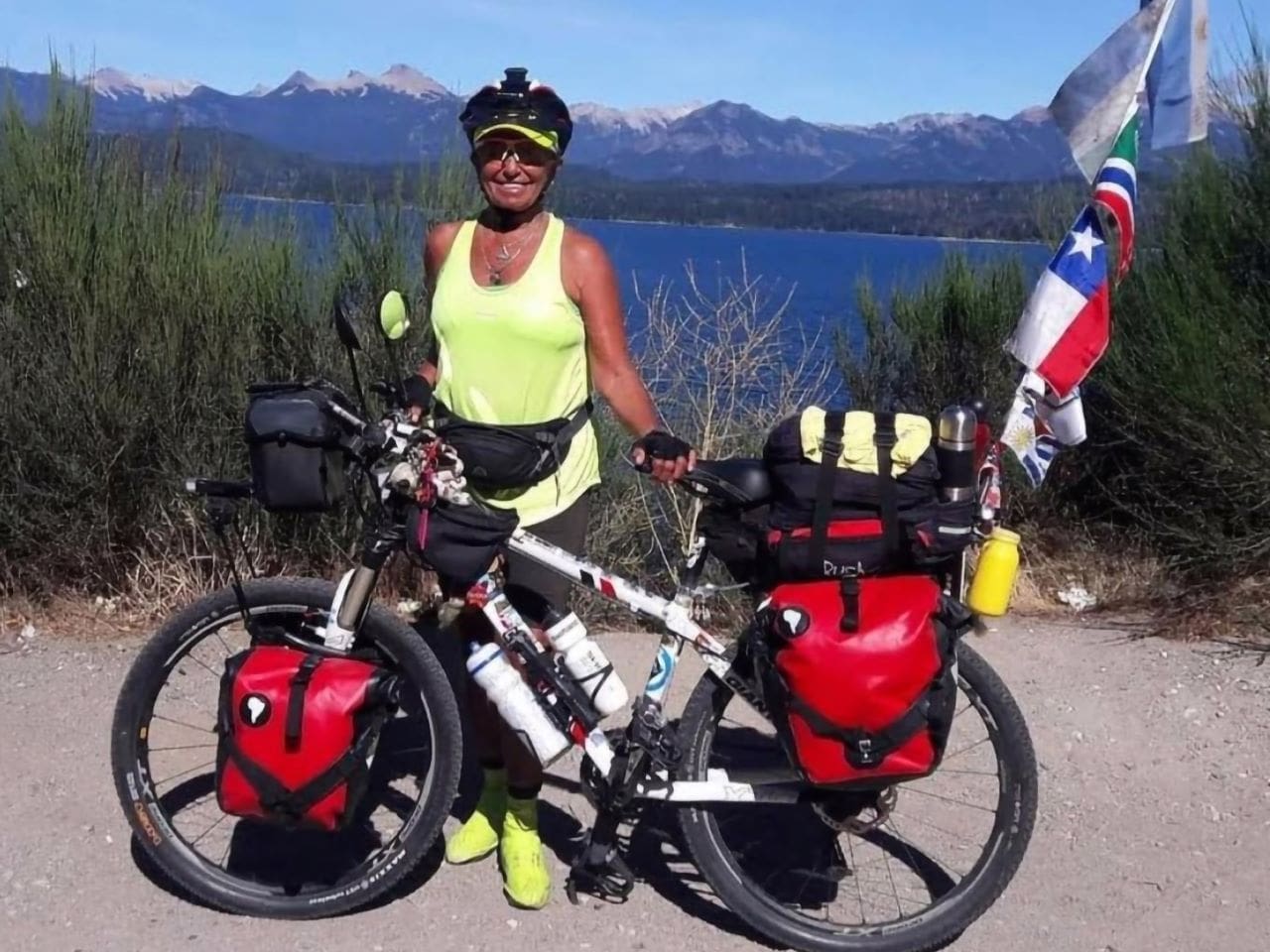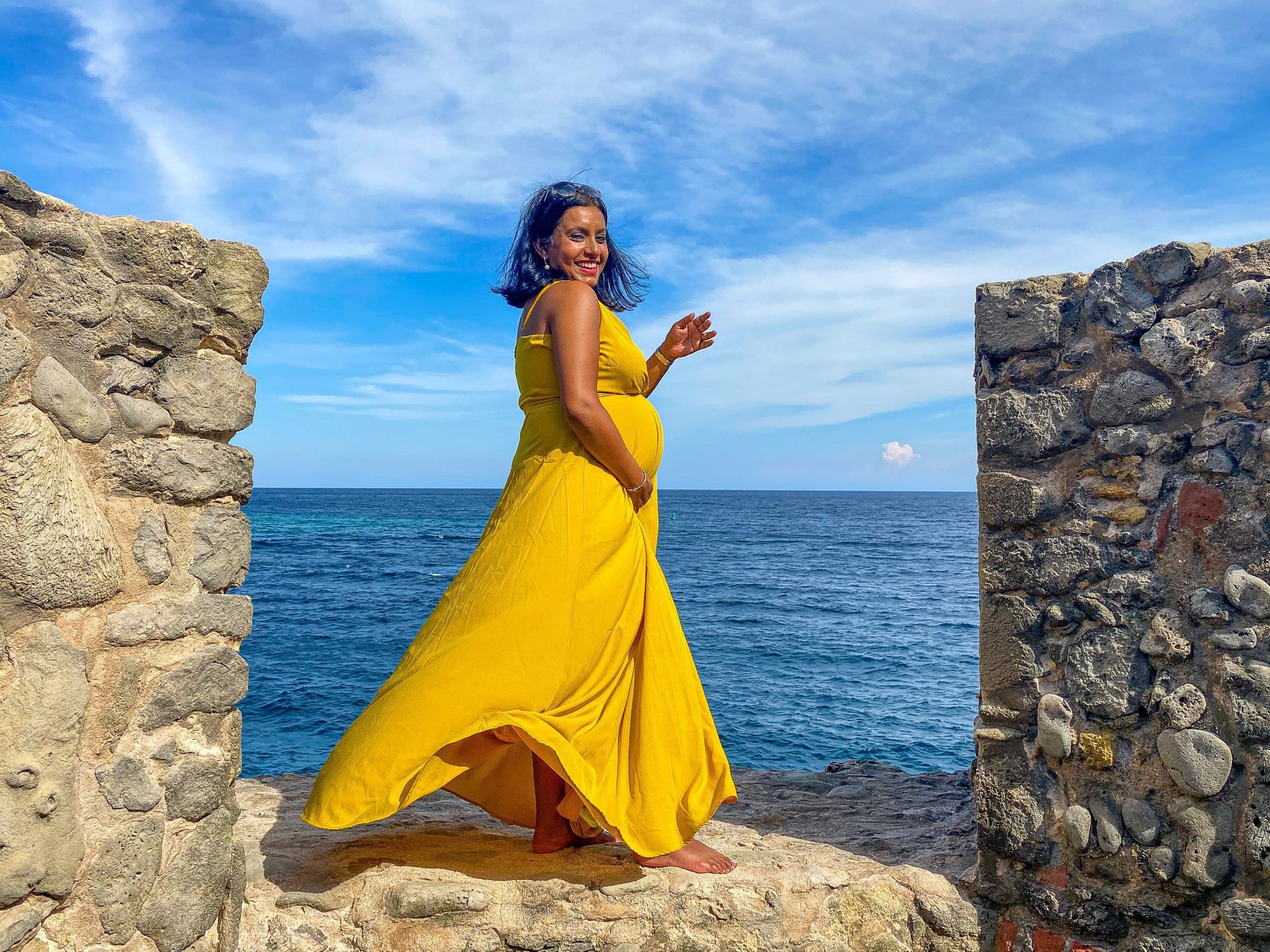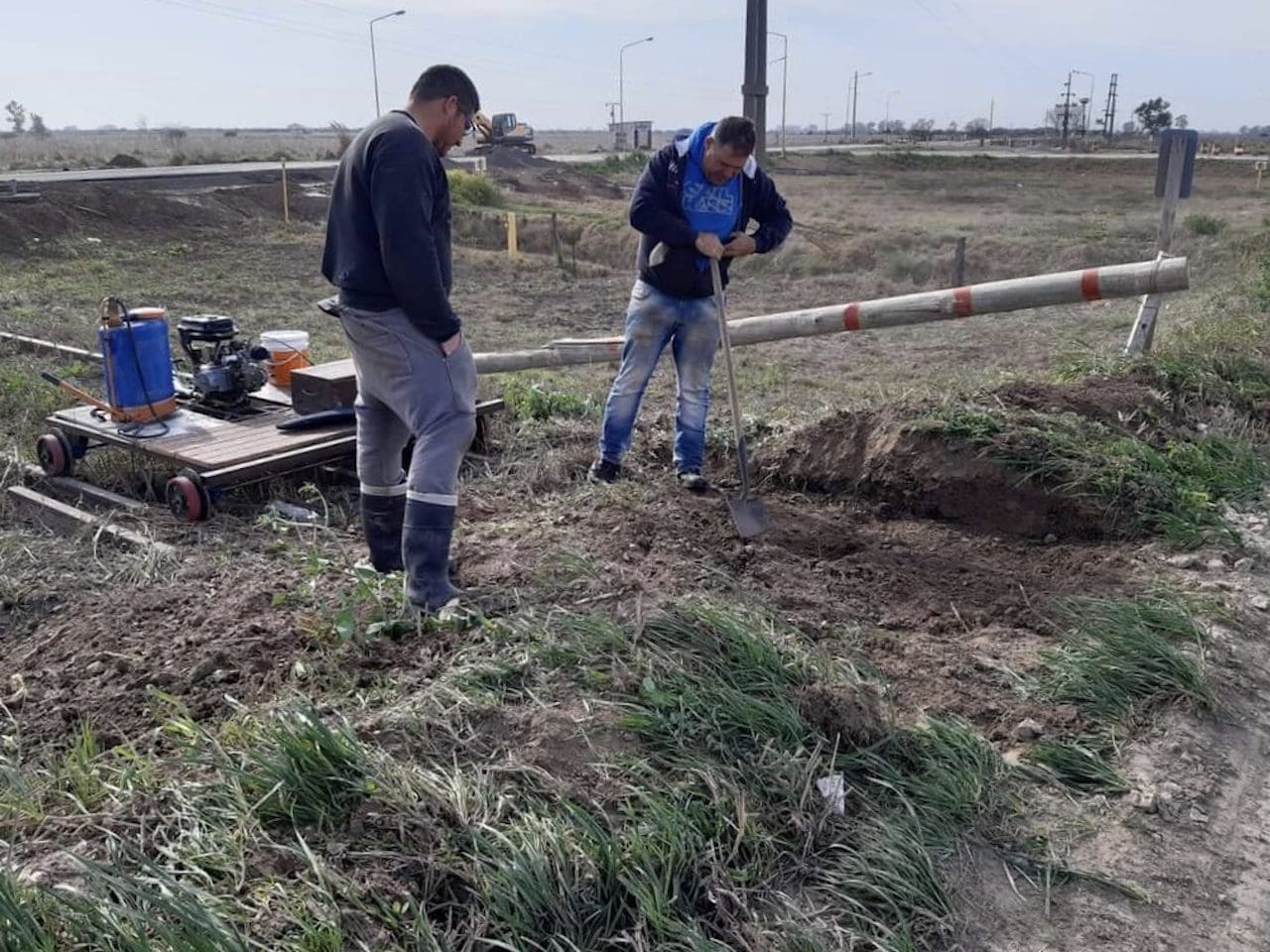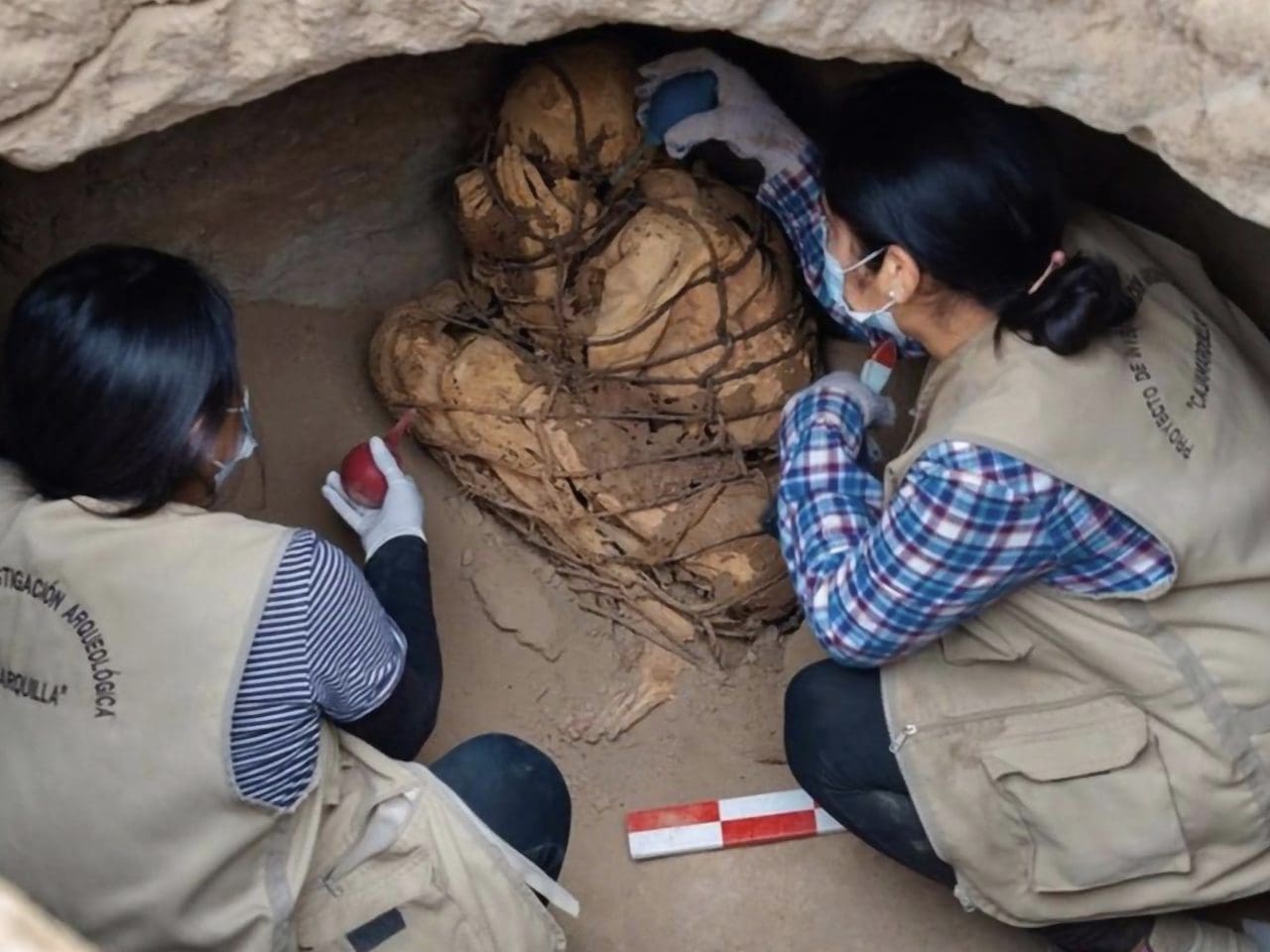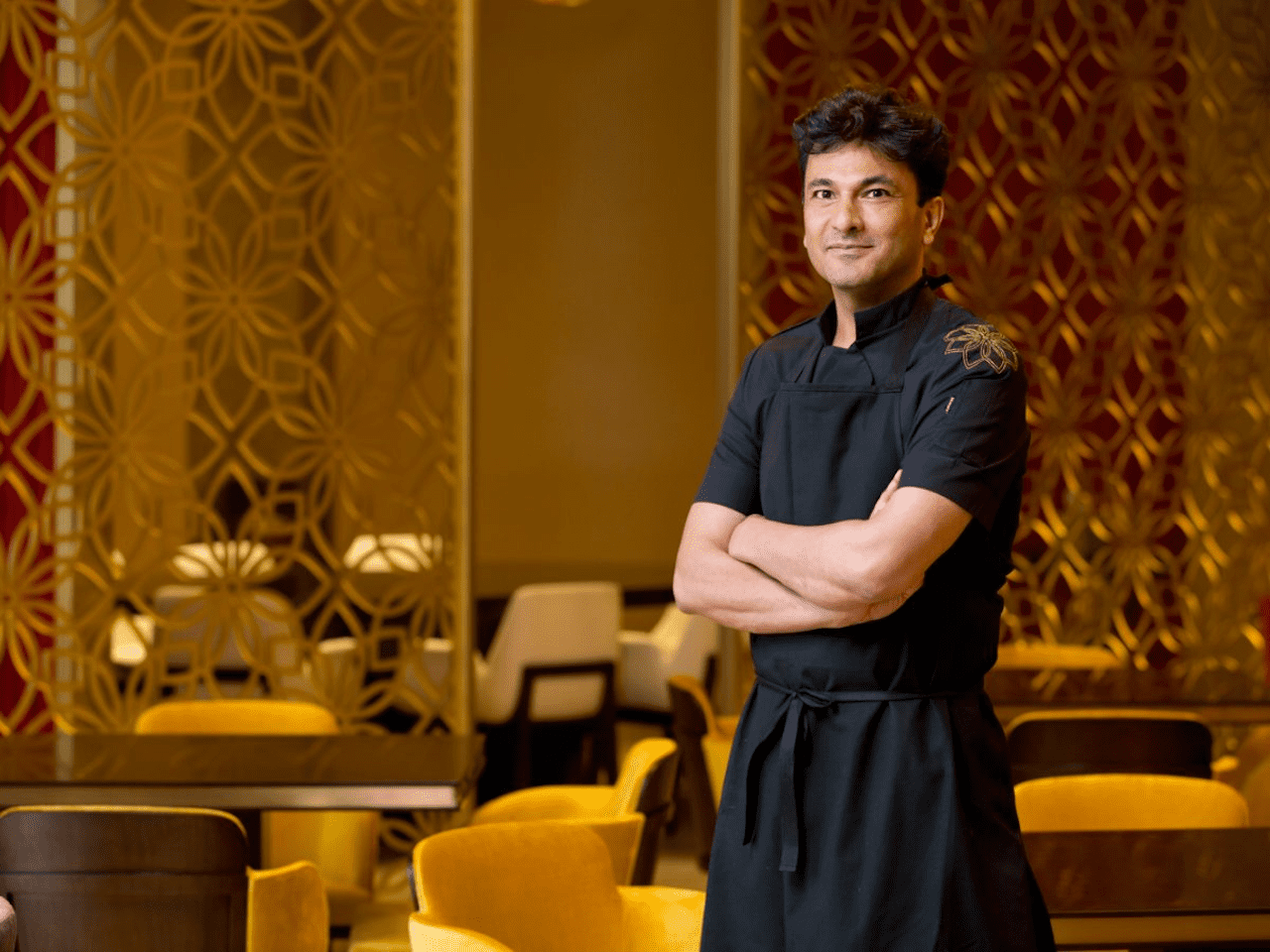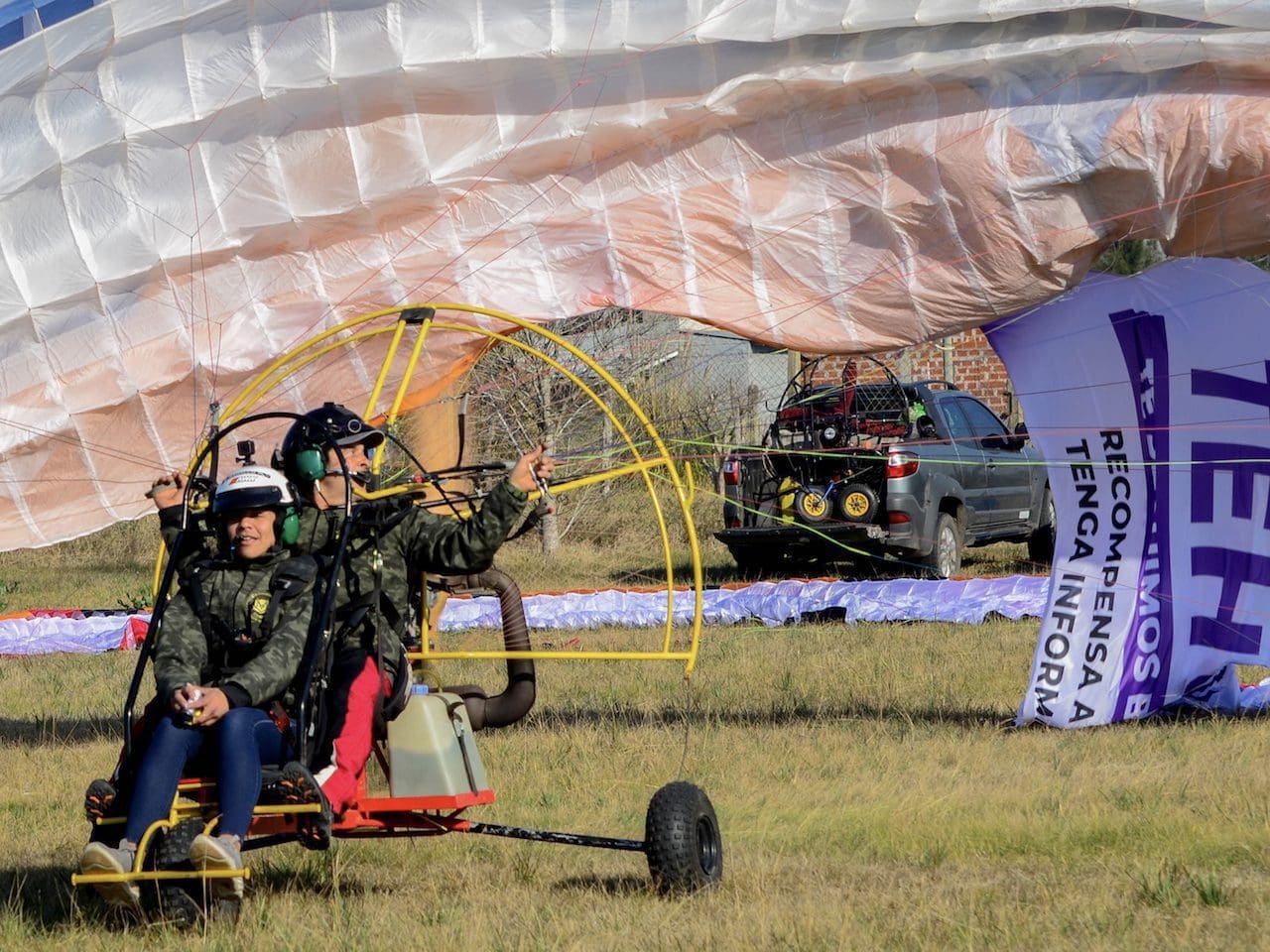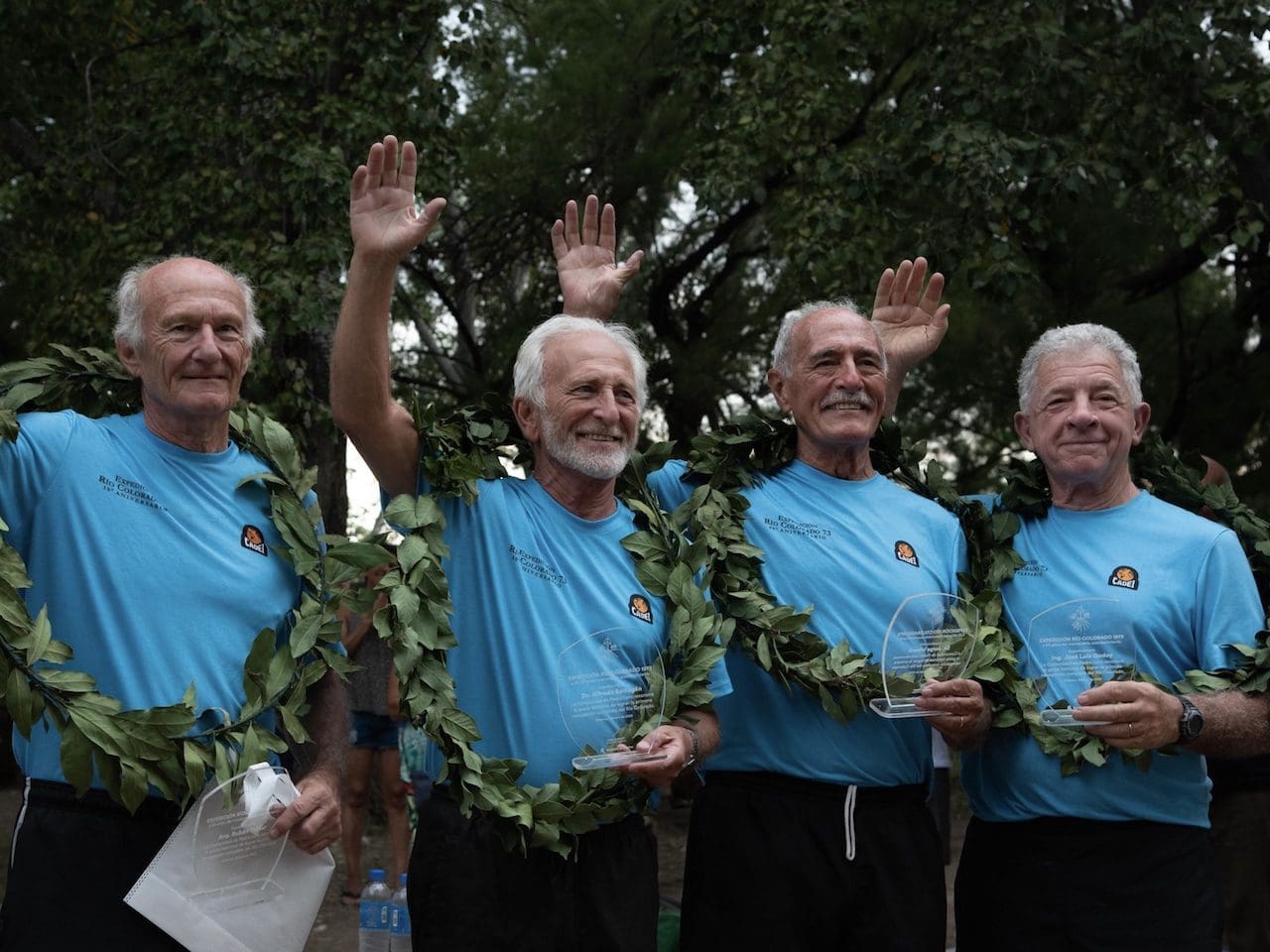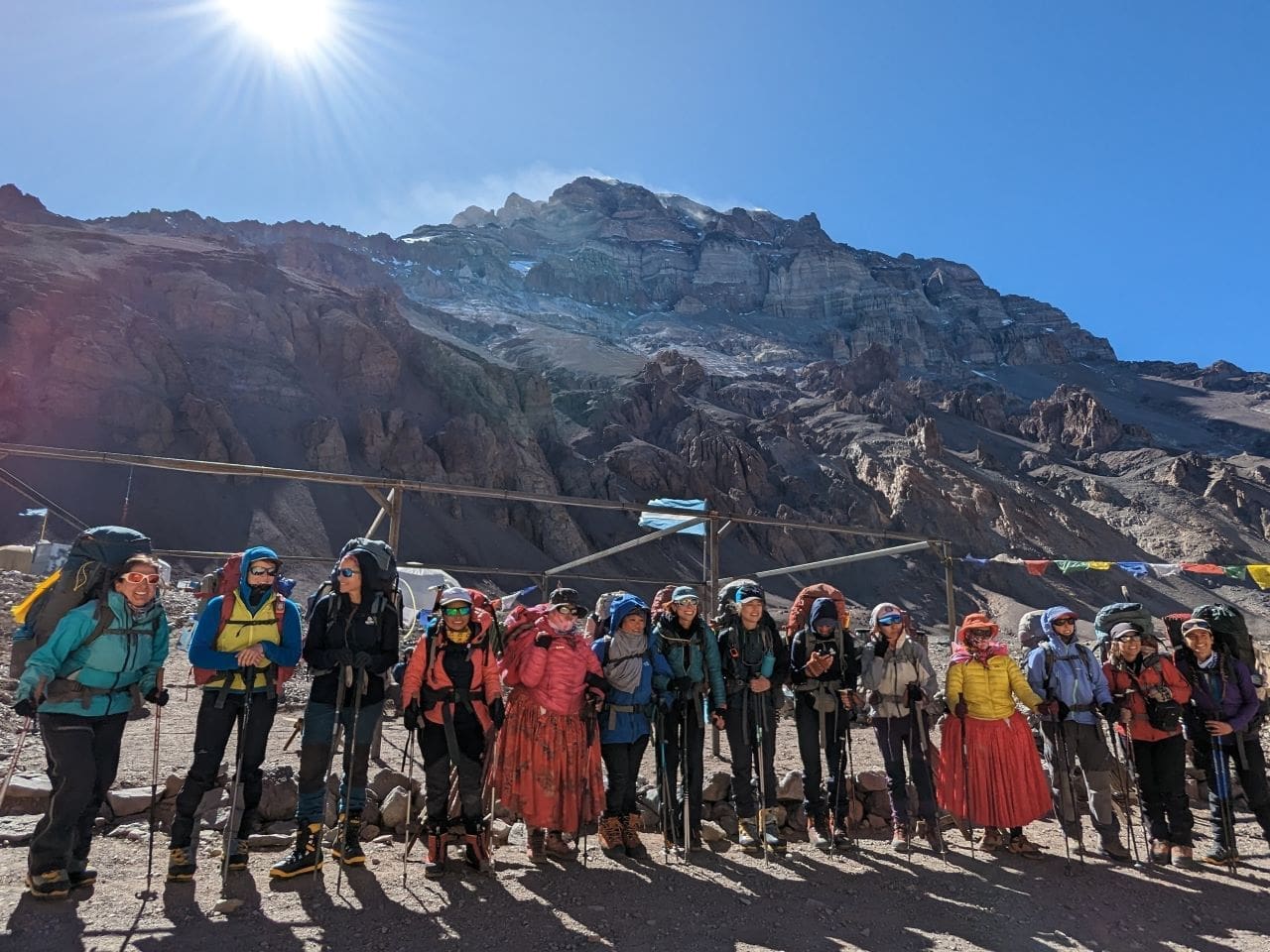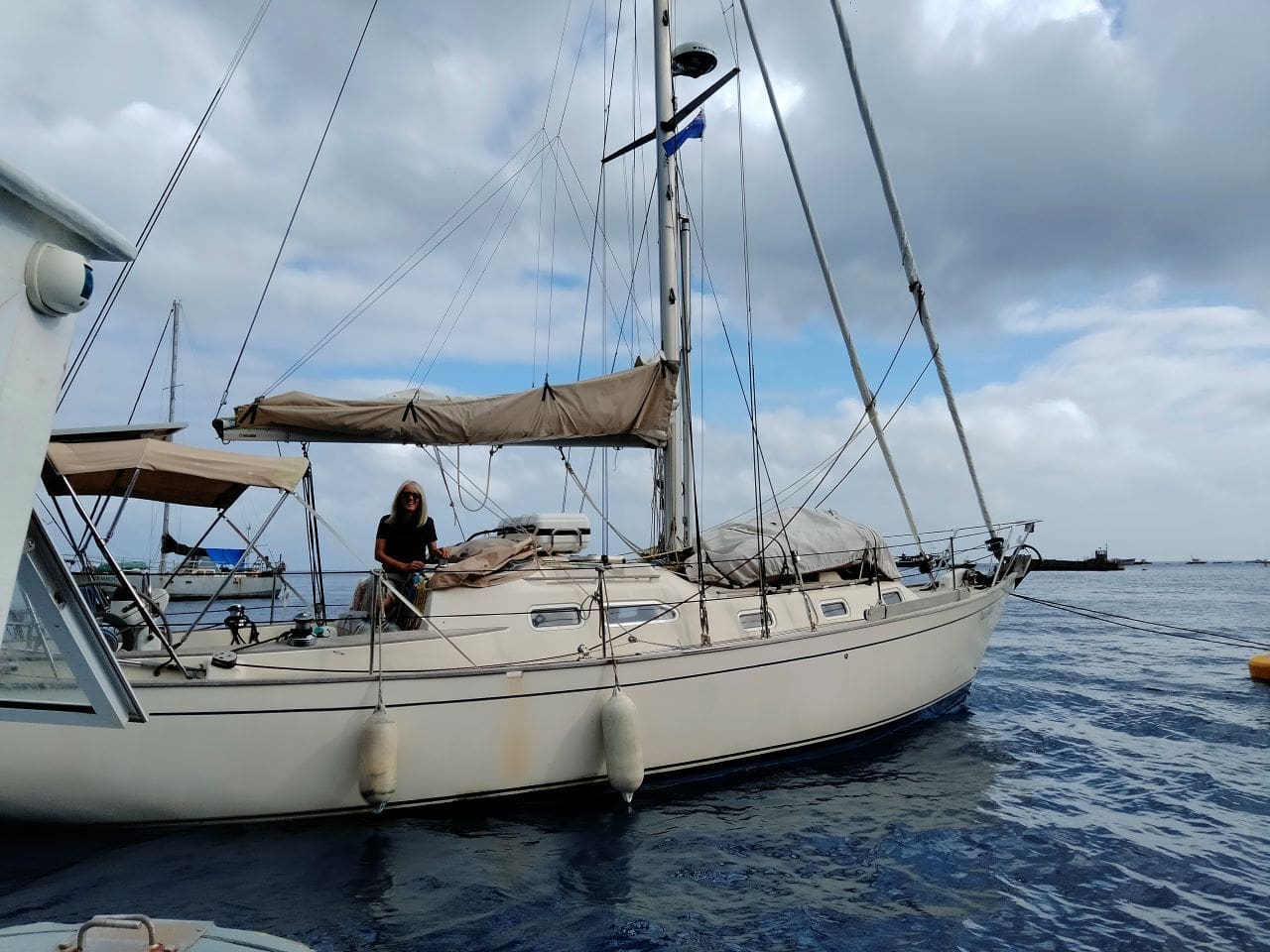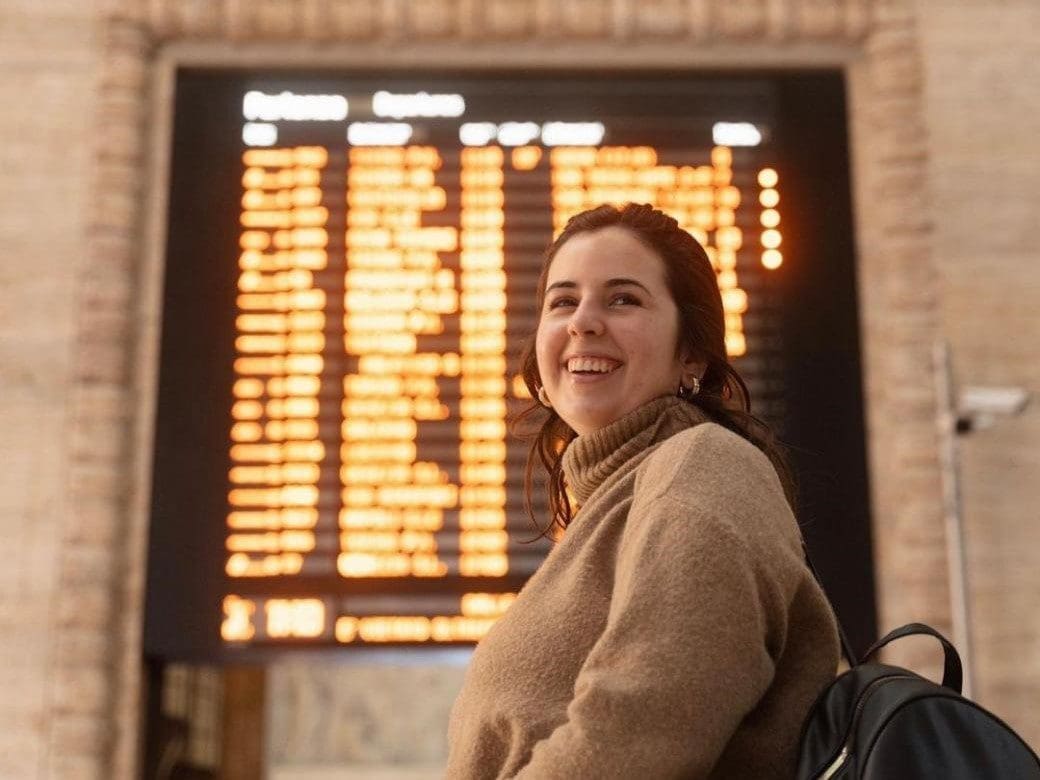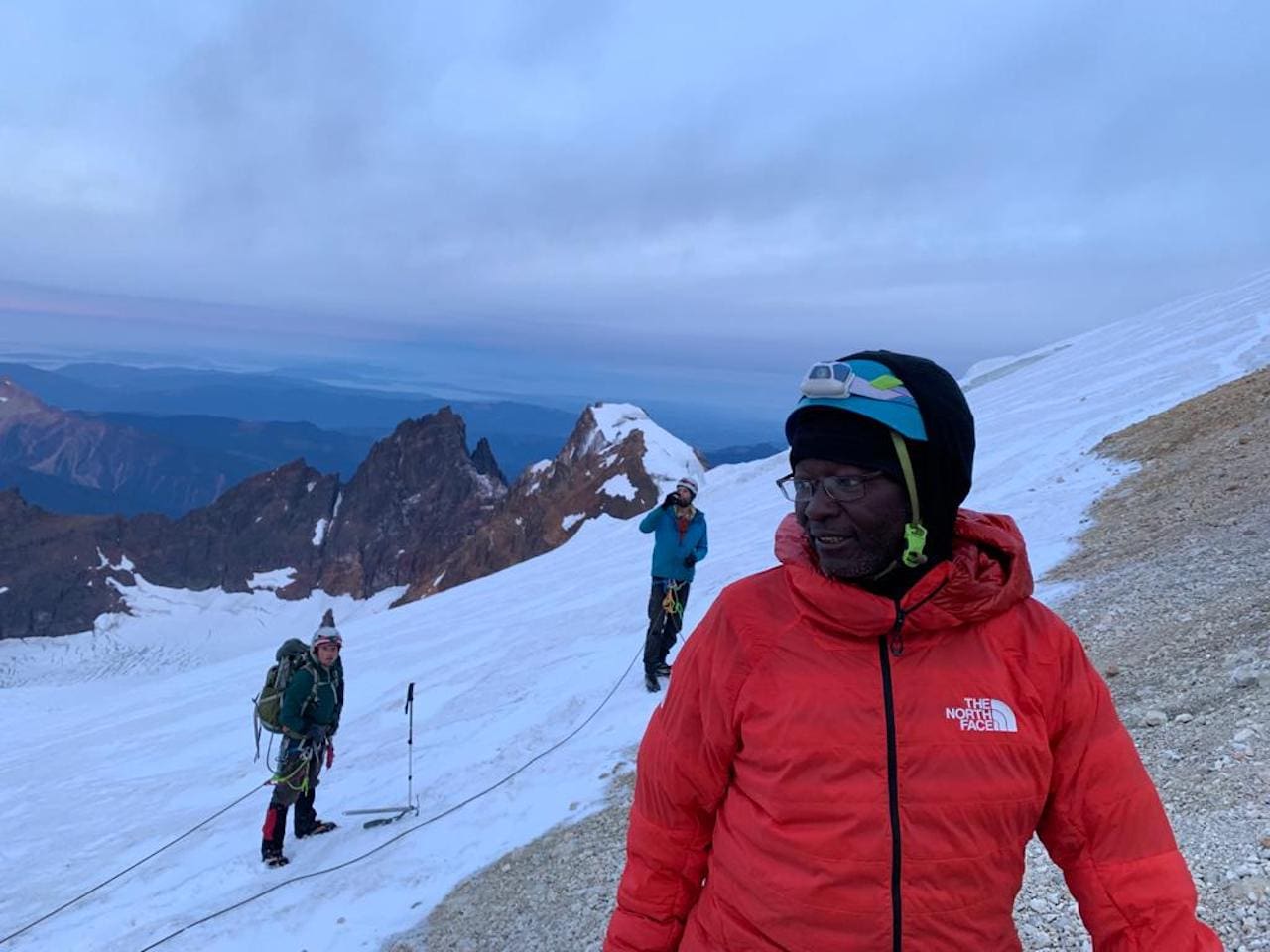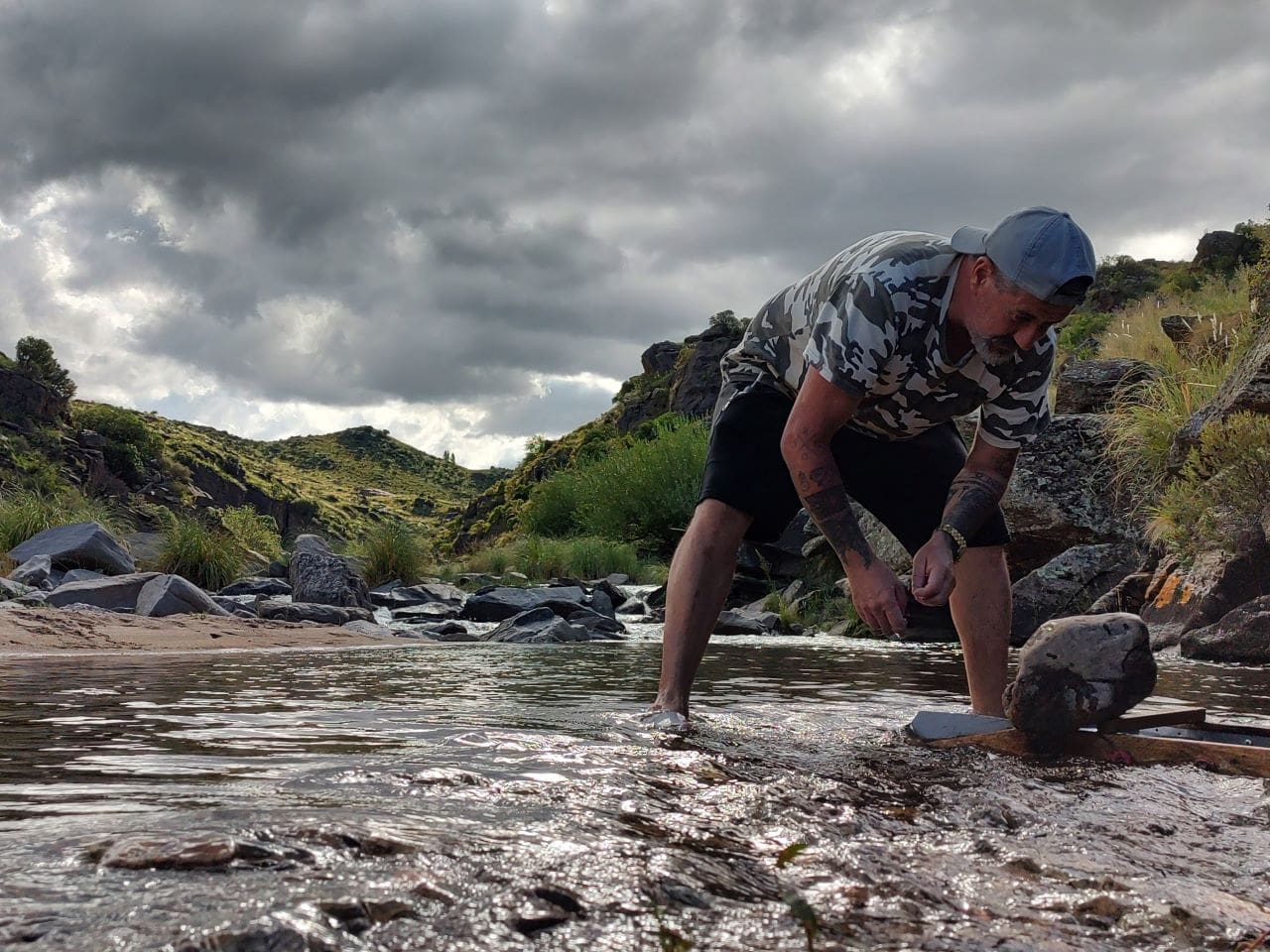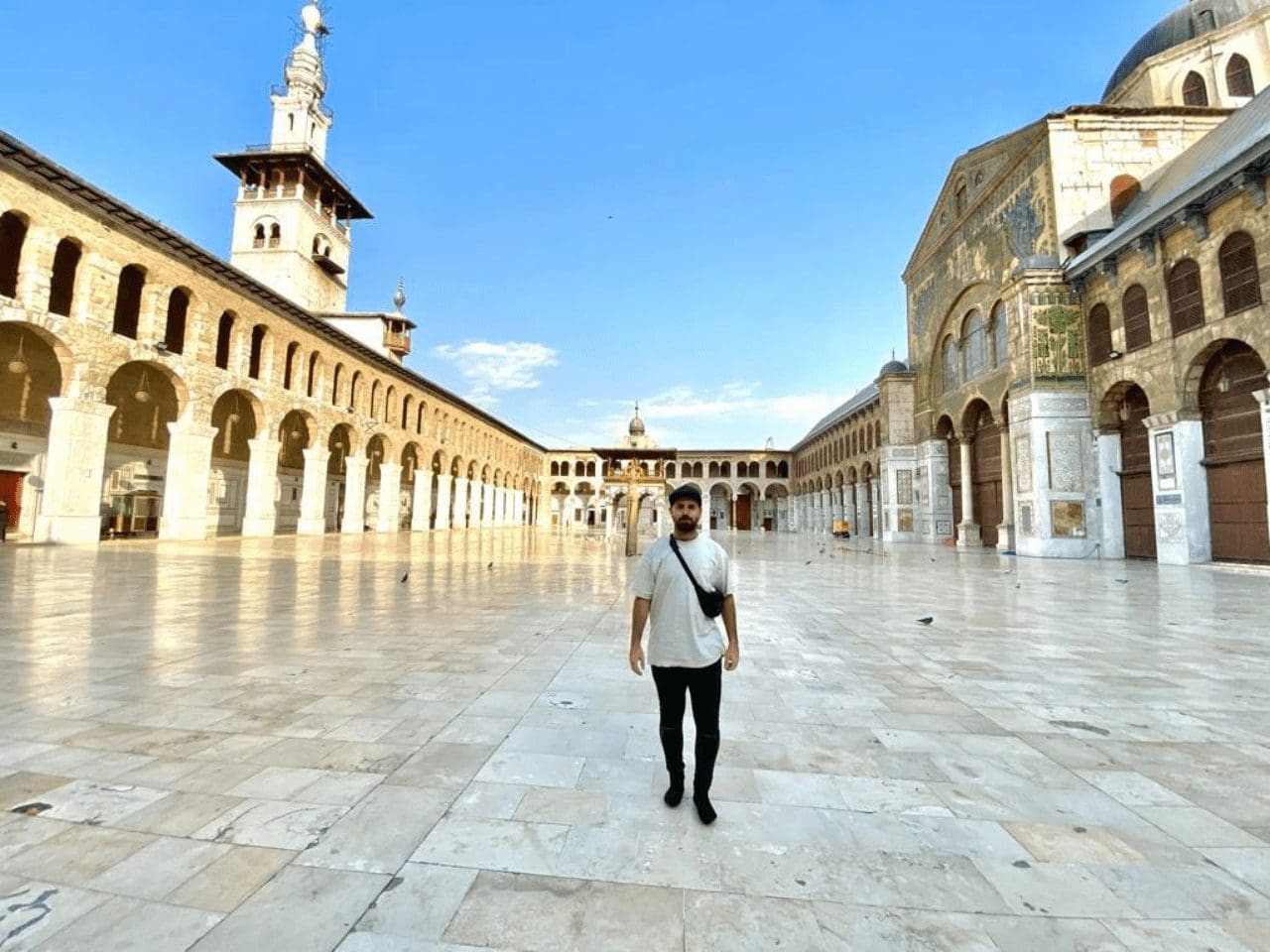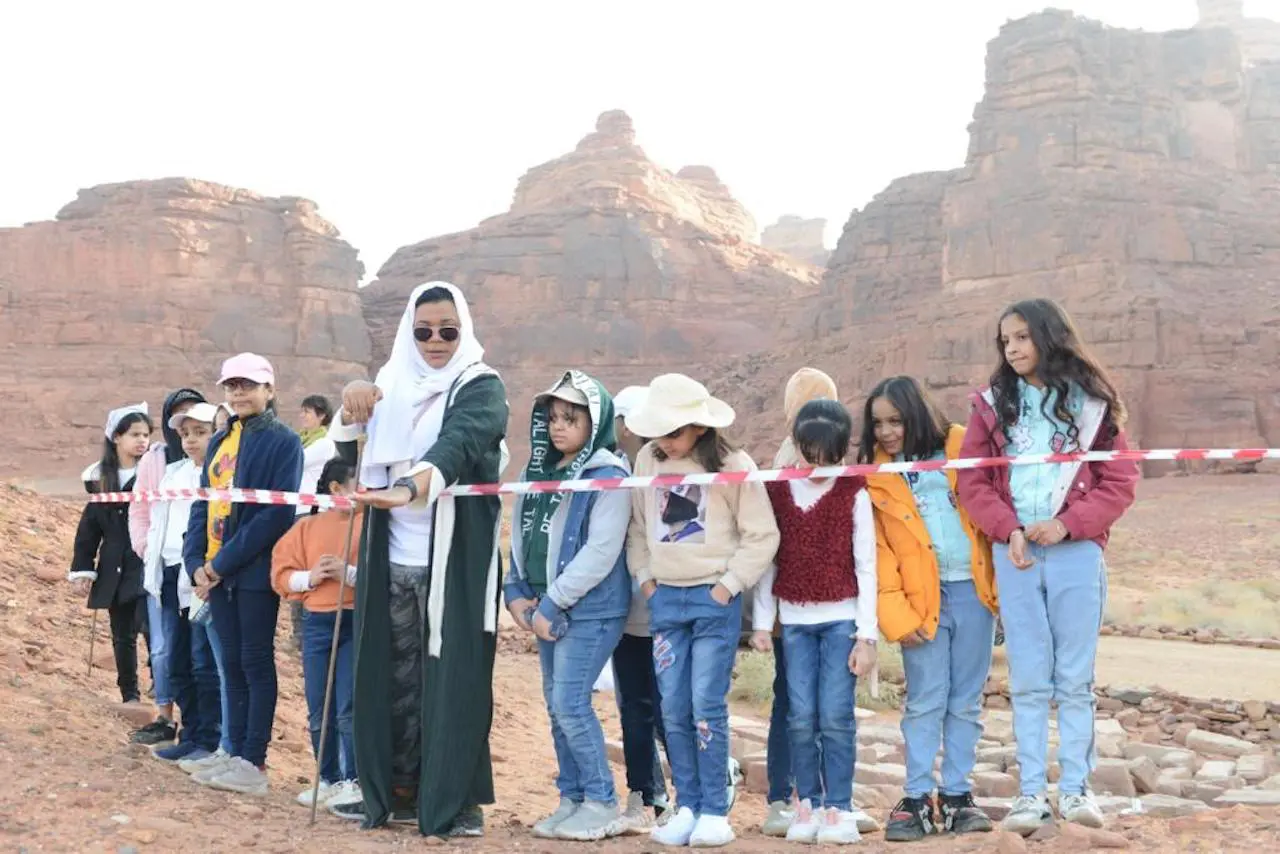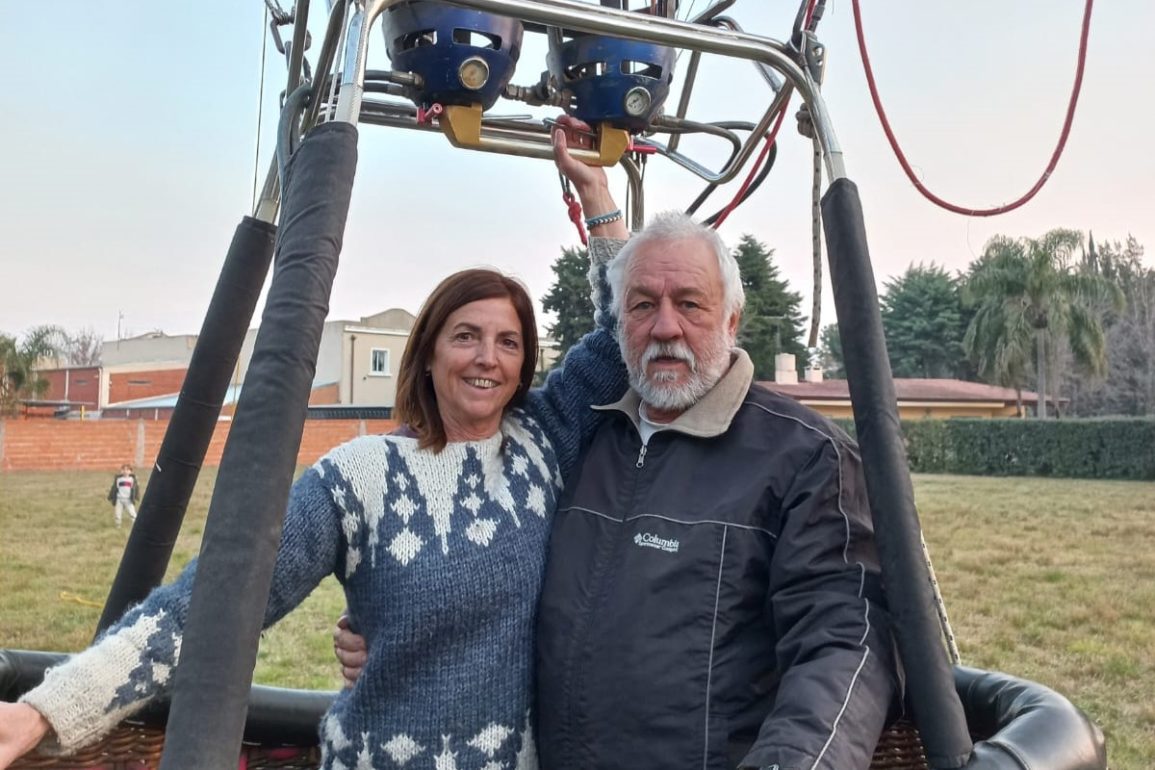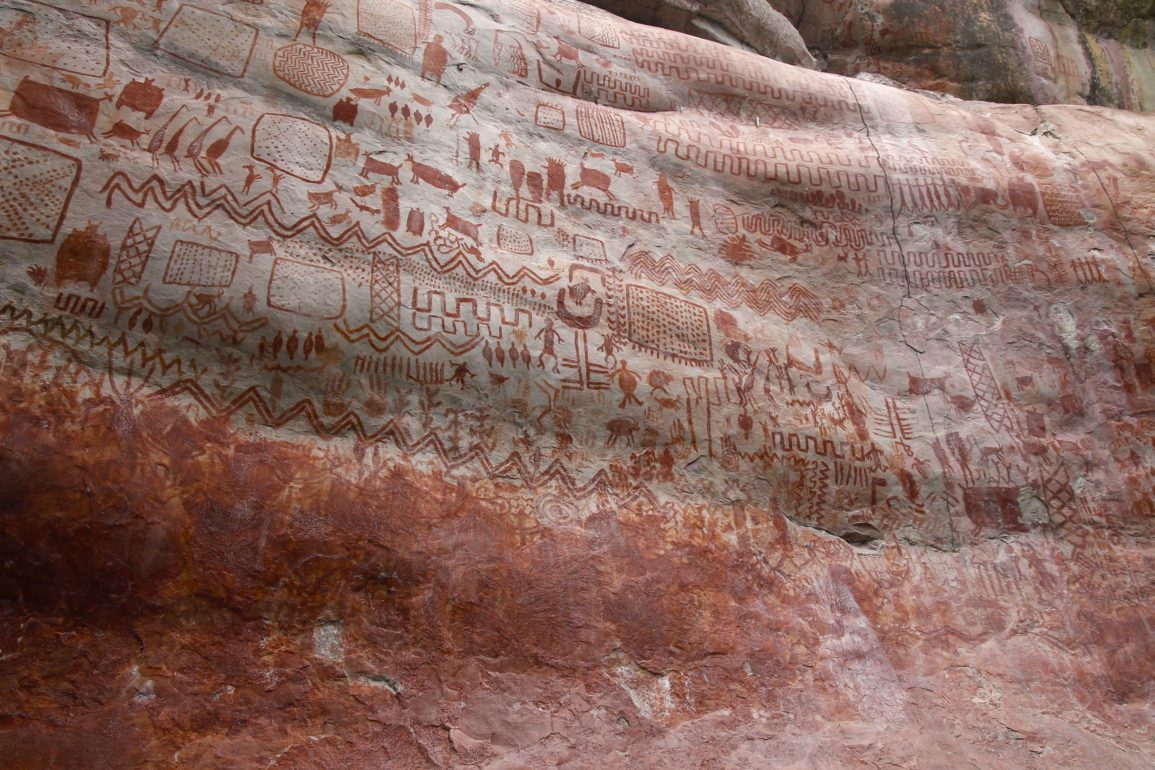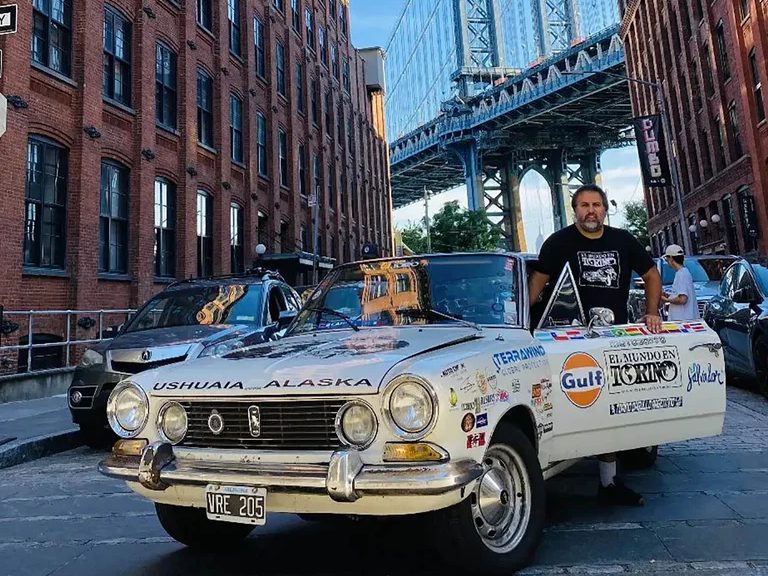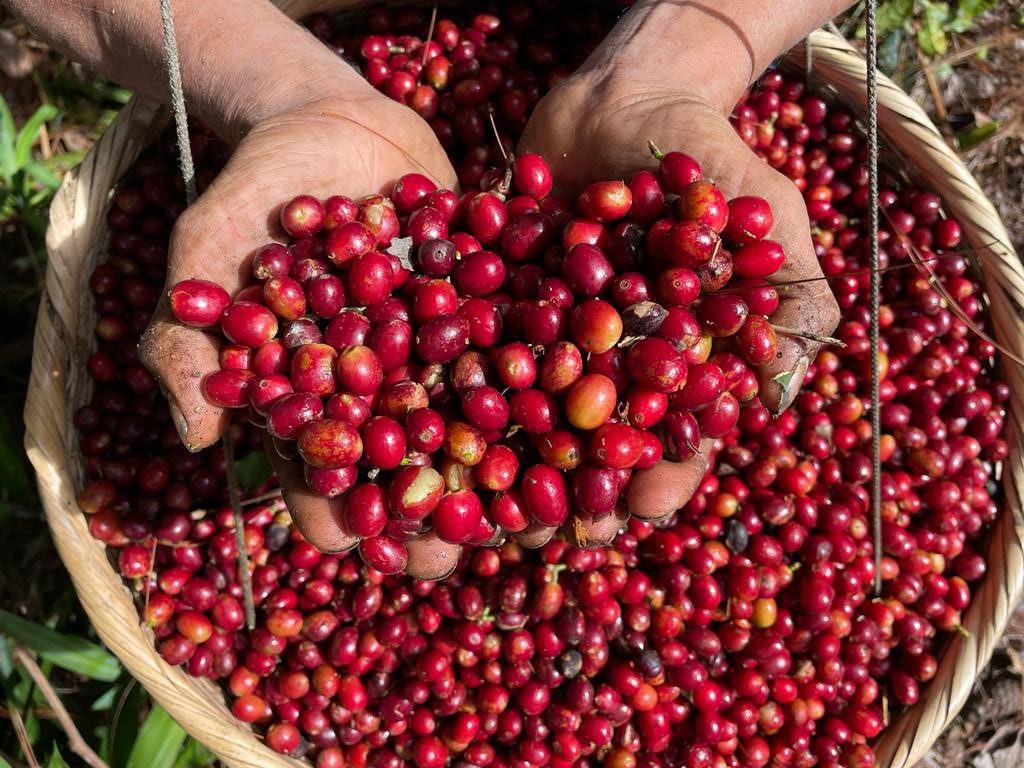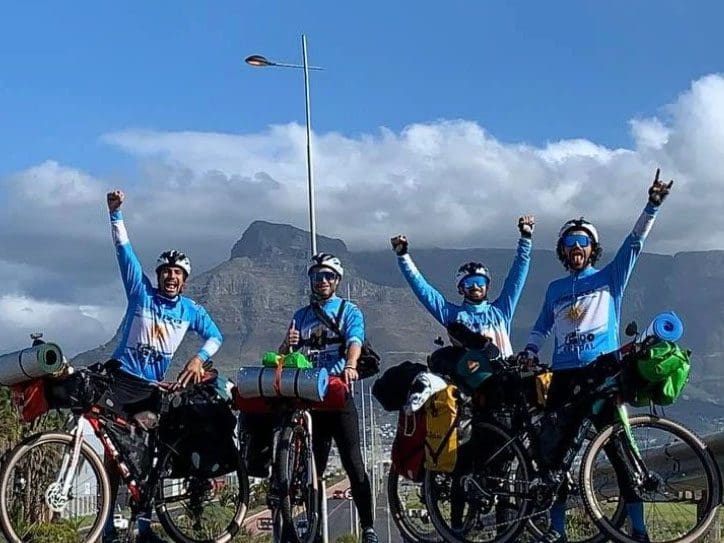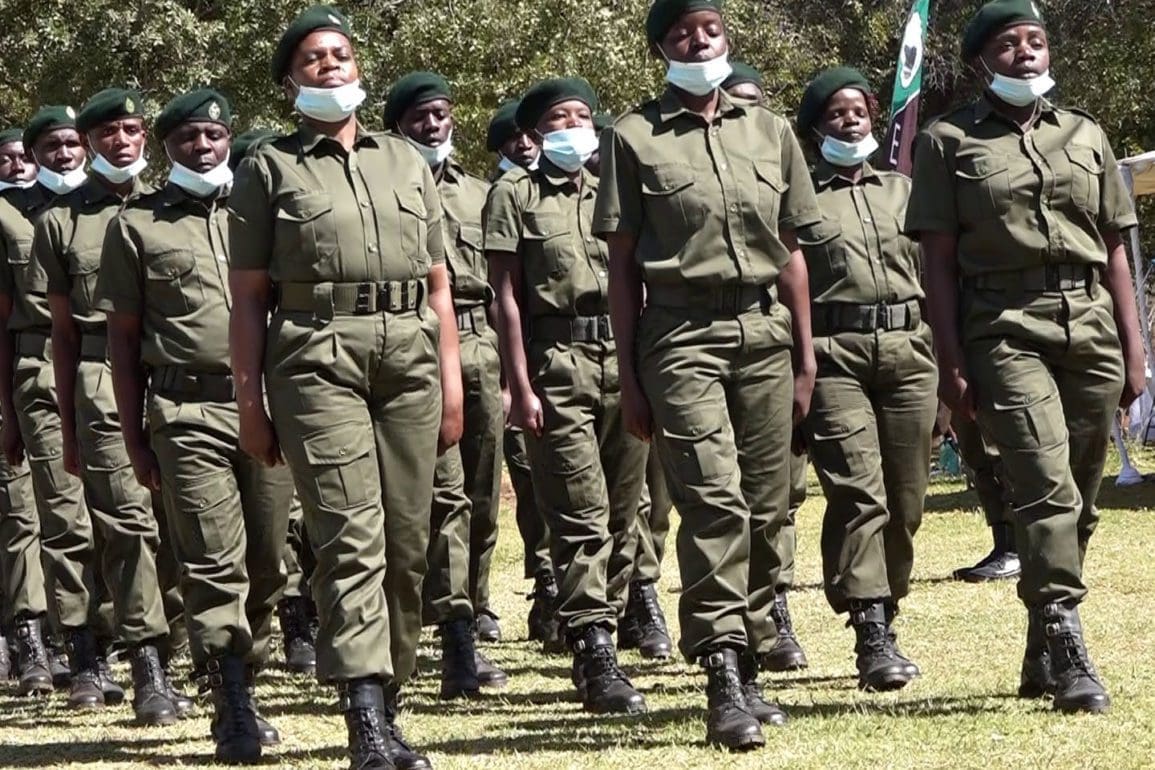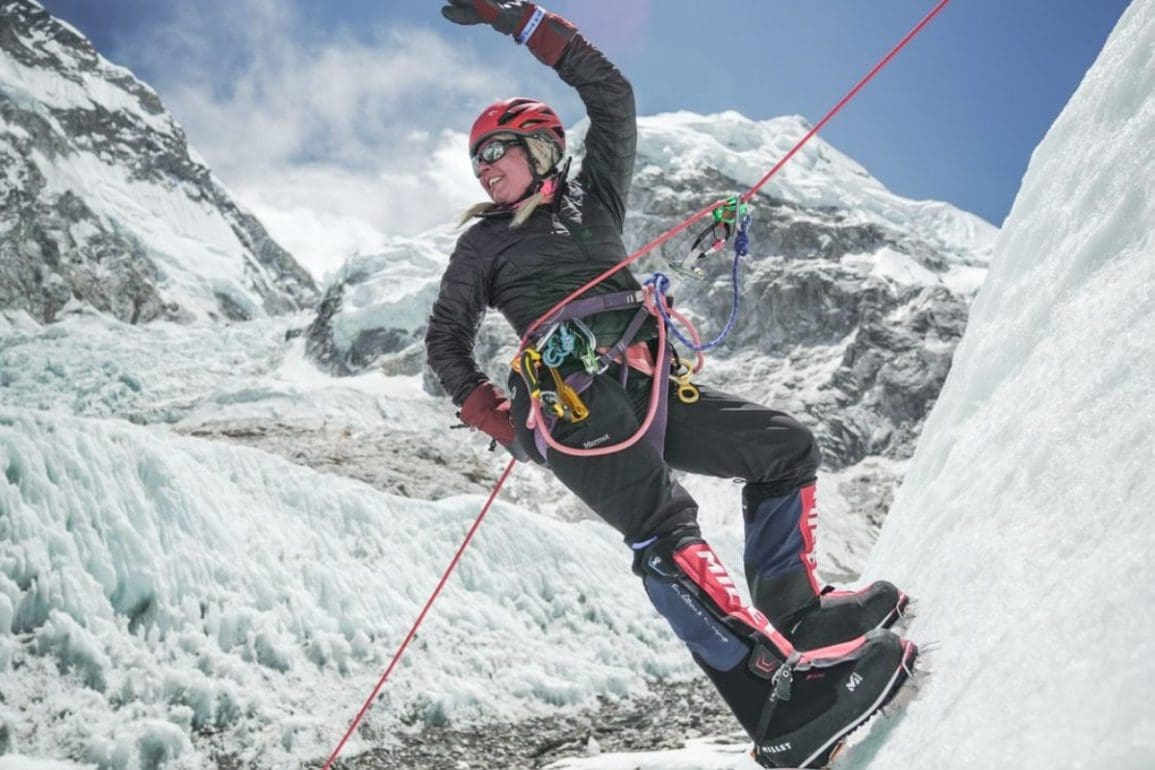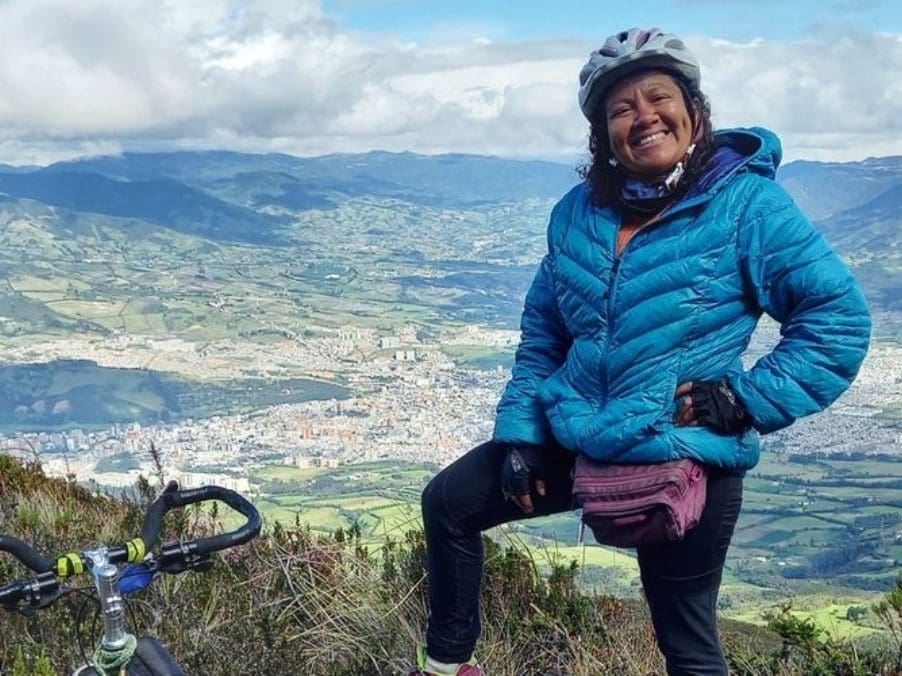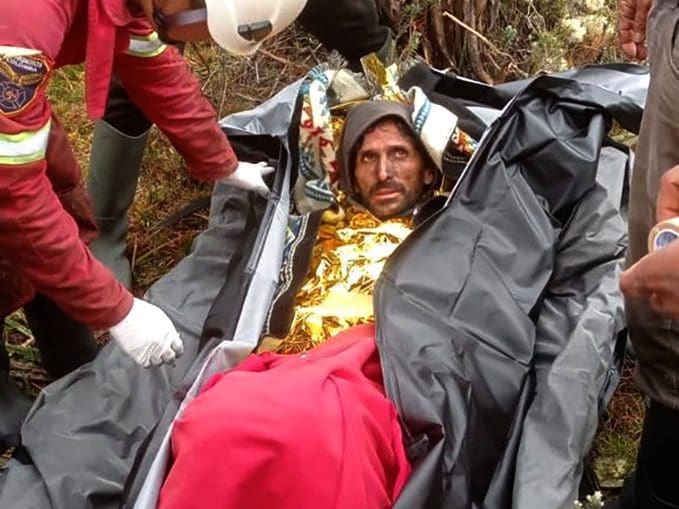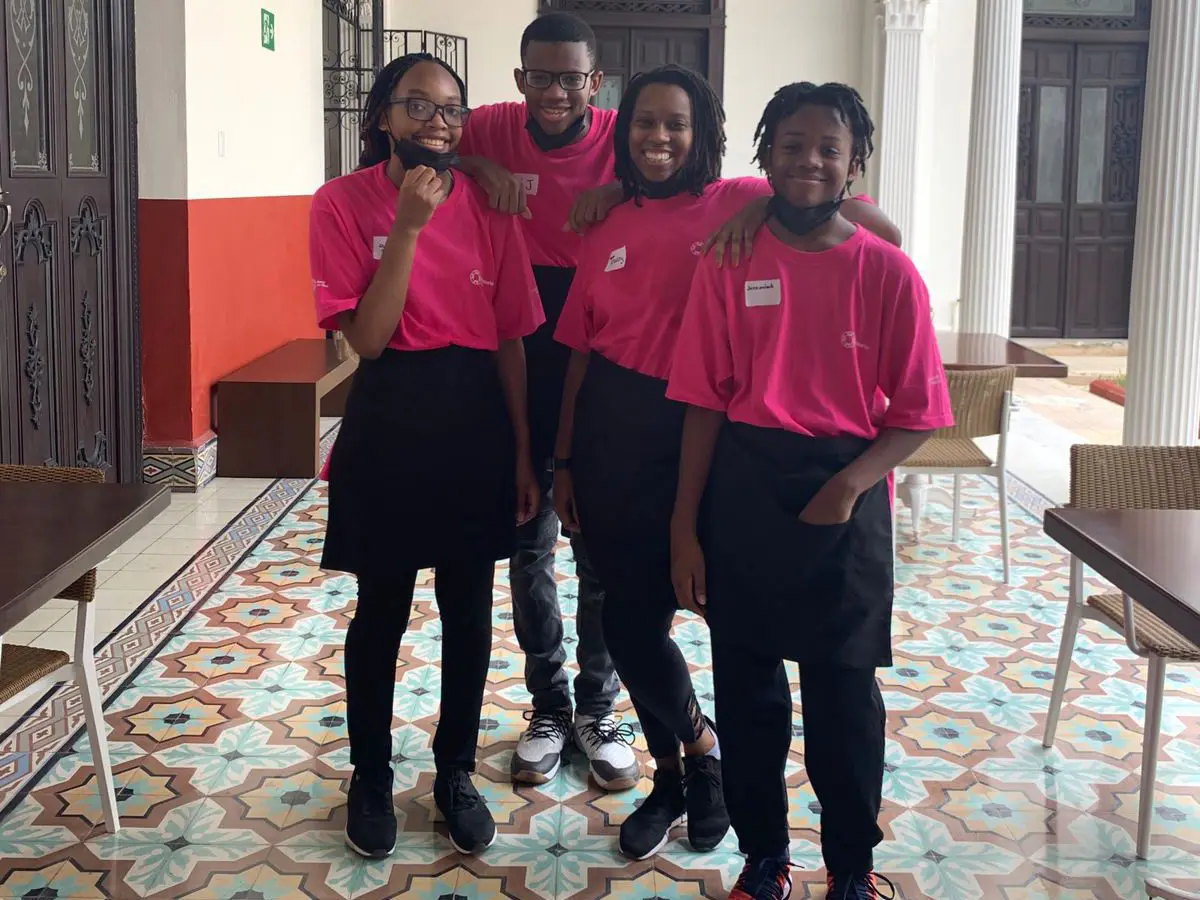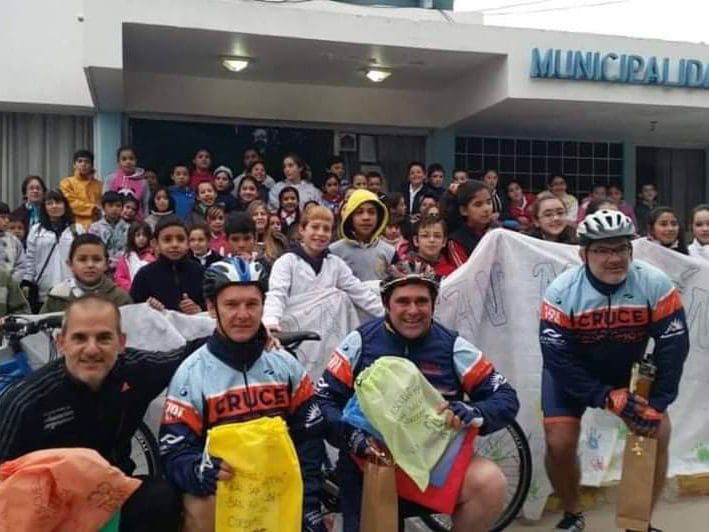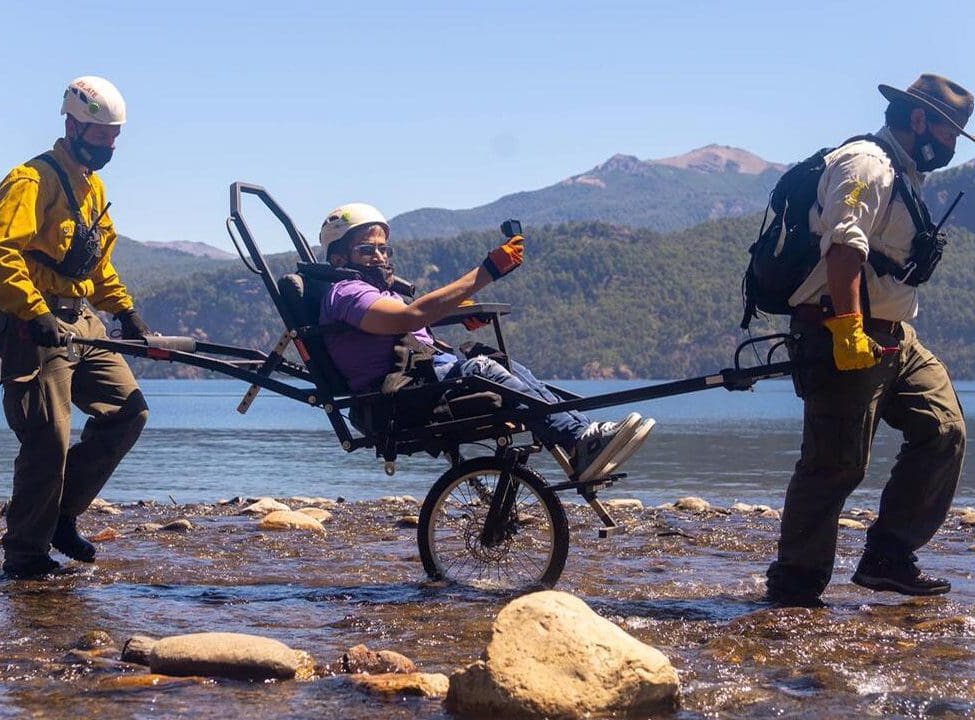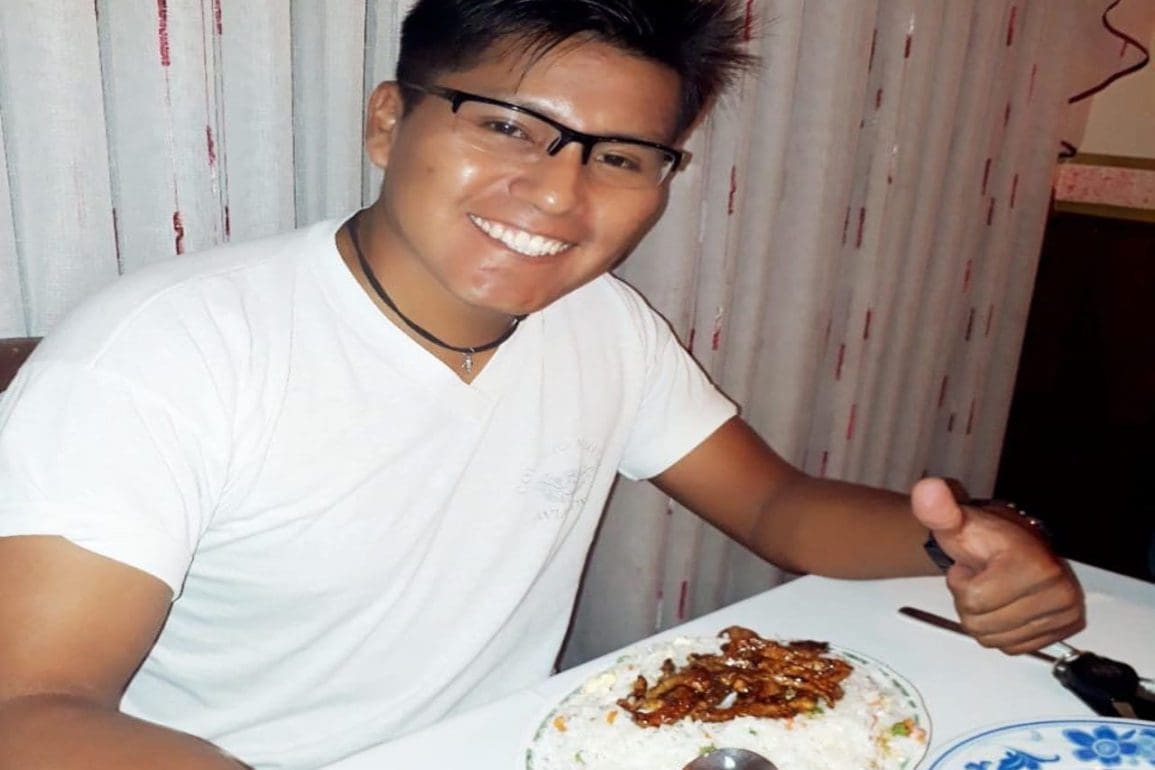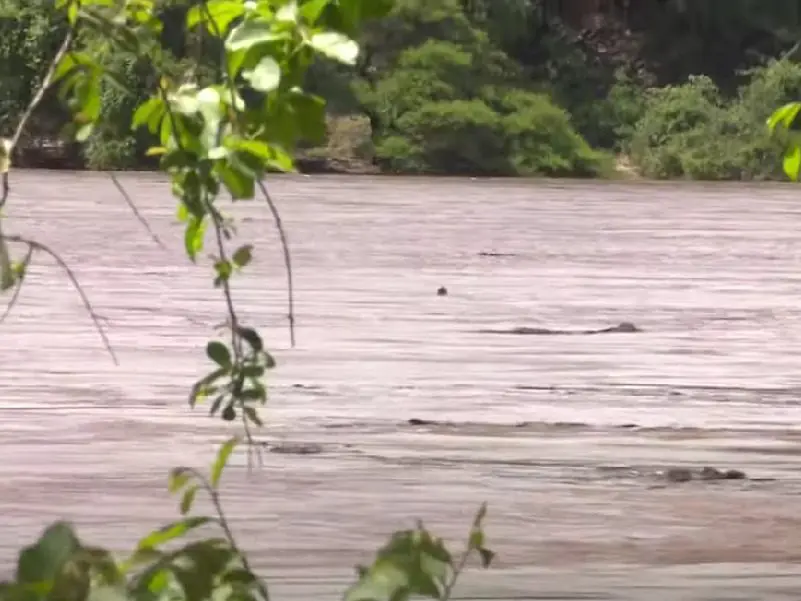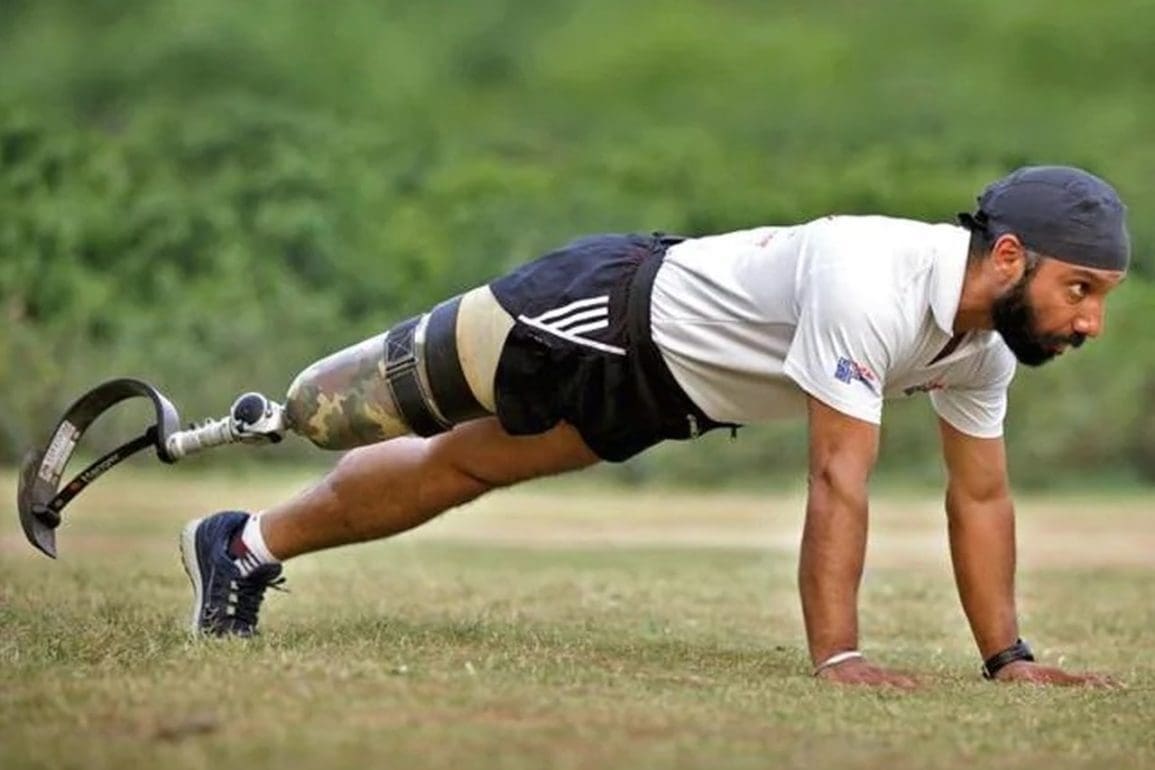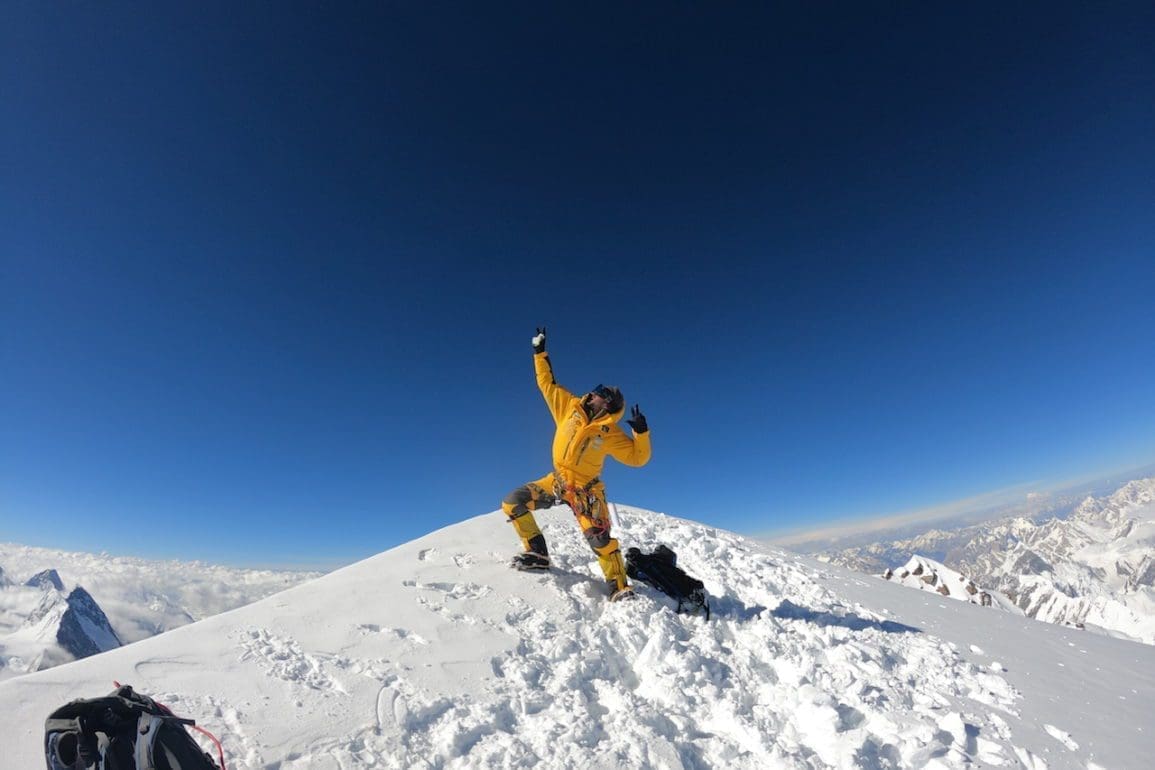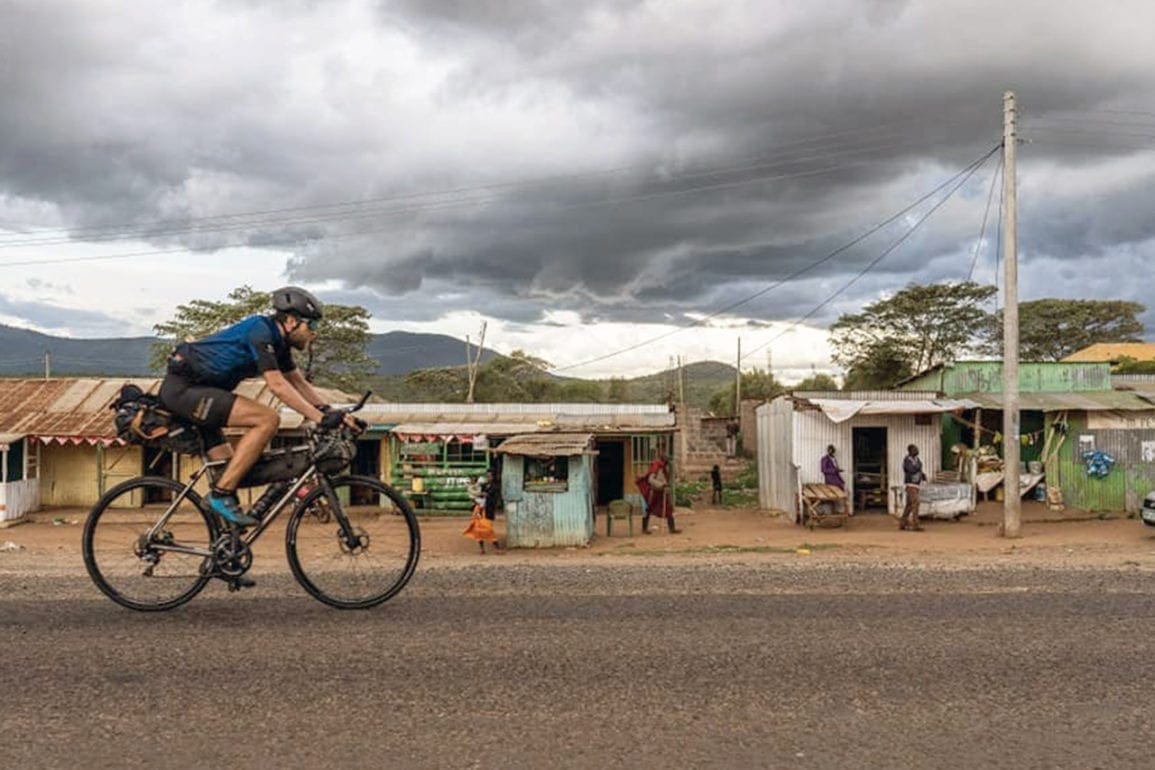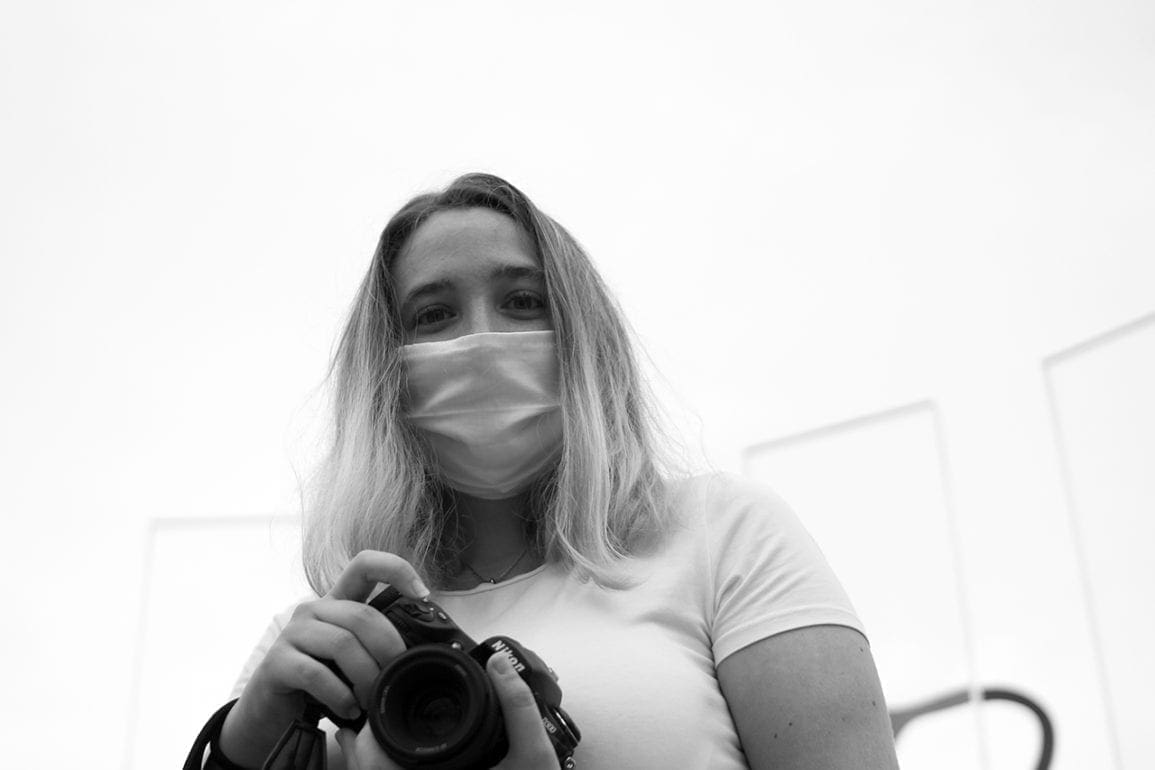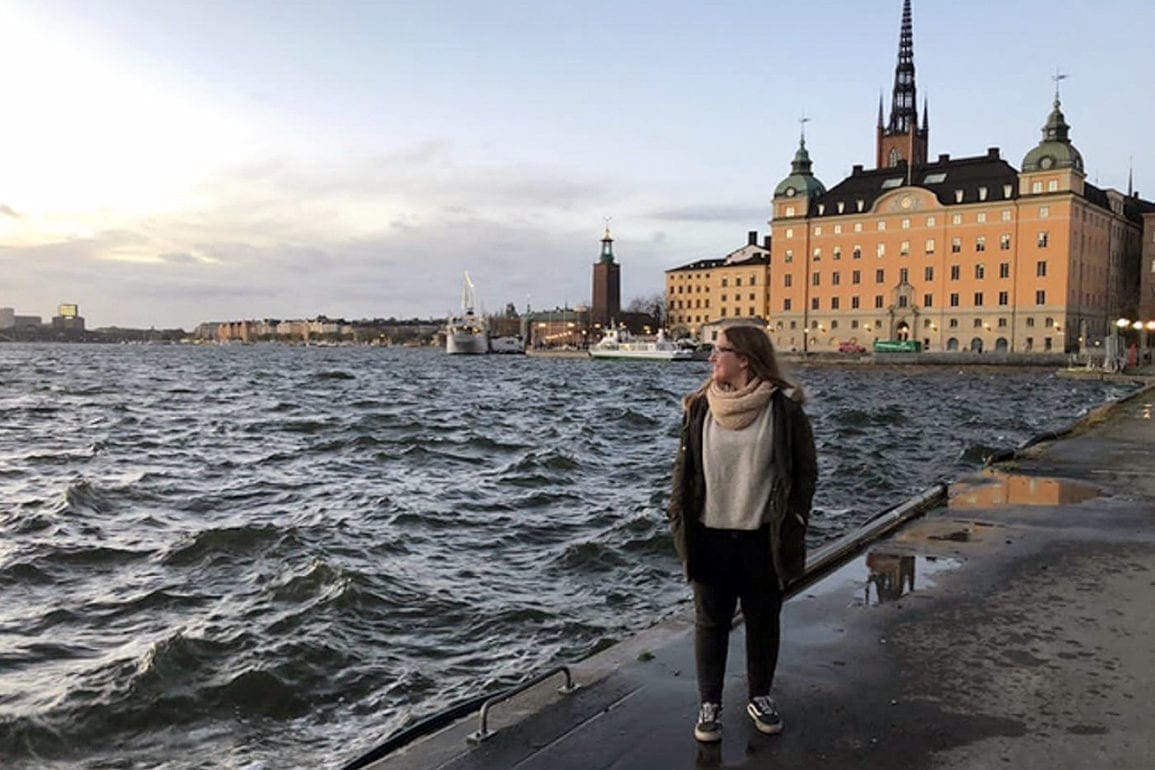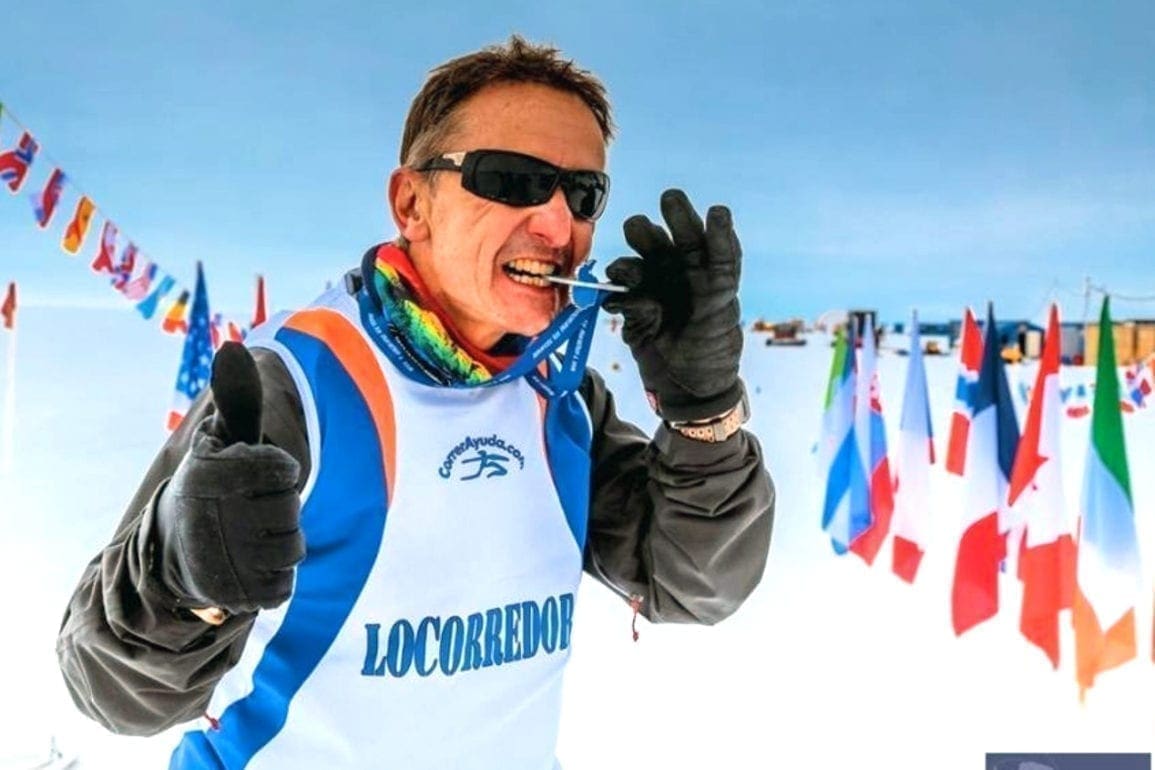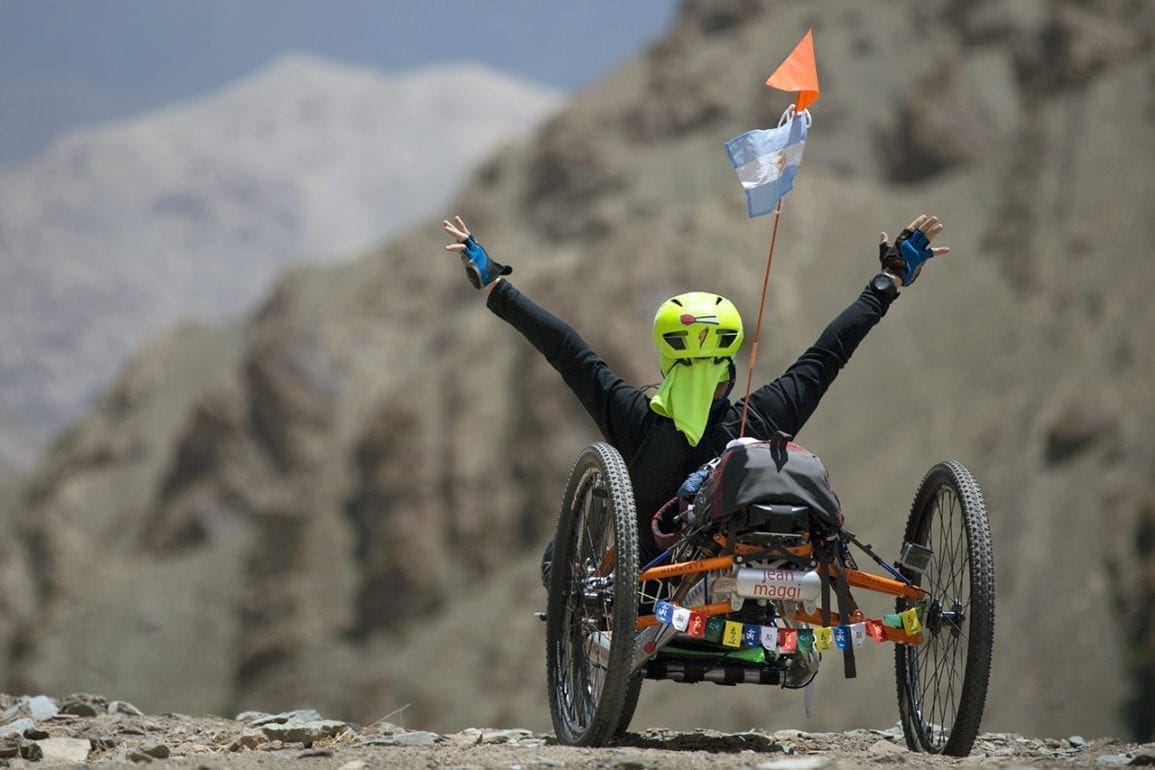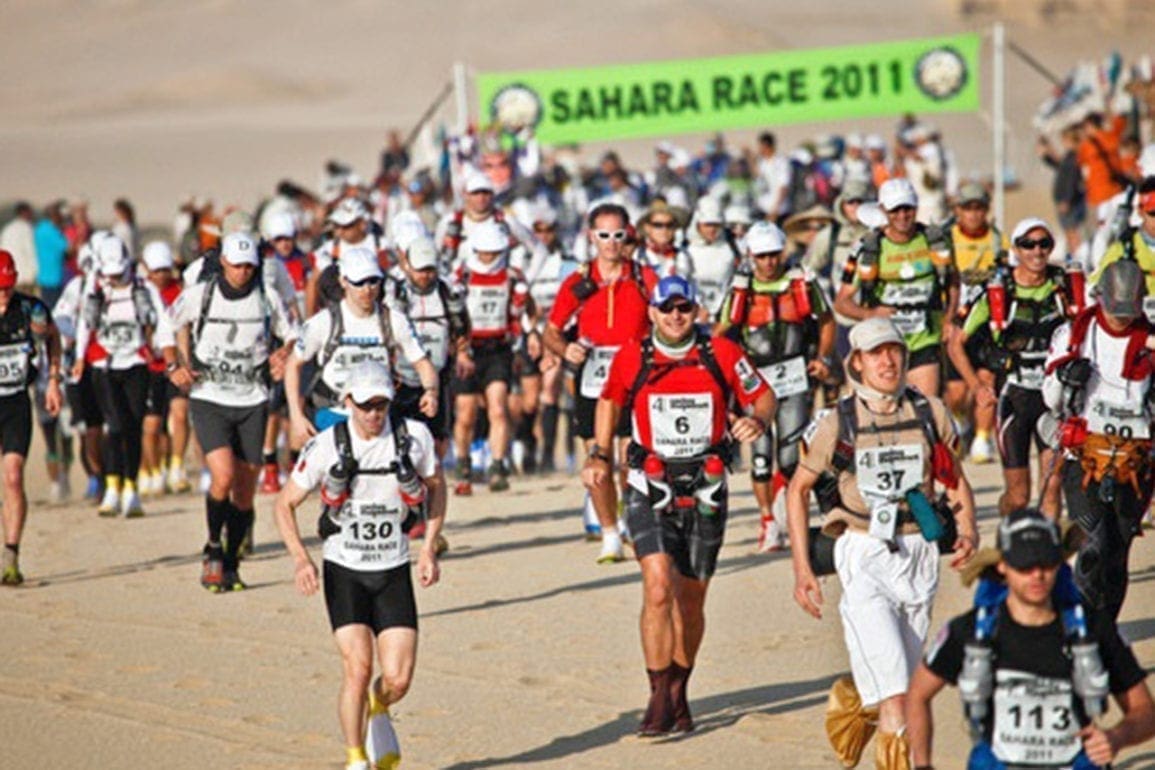Argentinian mountaineer rescued following three-day search
I hovered in a dream-like state, my body wracked with pain and slipping from sleep to waking and back again as evening approached and the temperature dipped lower. Despair began to set in as I contemplated another long, cold night alone on the mountainside.
- 3 years ago
September 24, 2021
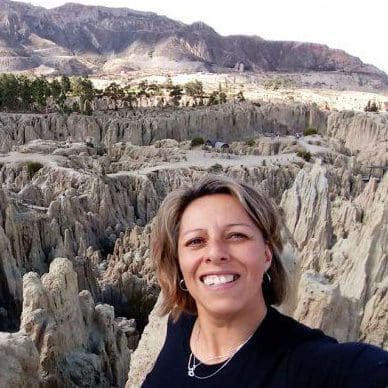
SALTA, Argentina — I hovered in a dream-like state, my body wracked with pain and slipping from sleep to waking and back again as evening approached and the temperature dipped lower and lower.
I knew people would be looking for me, but despair began to set in as I contemplated another long, cold night alone on the mountainside.
An Uneventful Ascent
I’ve climbed mountains since 2015. It captivates me, helps me connect with nature and detaches me from the worries of the real world.
On Aug. 16, 2020, I undertook the ascent I most looked forward to: Cerro Pacuy in Salta. Its summit, almost 4,200 meters above sea level (roughly 2.6 miles), has a legendary wooden cross that I wanted to visit.
I had been preparing for this adventure for many years. I decided to do the tour with my friend Miguel because of his mountaineering experience.
According to our calculations, the trip would take about 15 hours total. We planned to do both ascent and descent on the same day—just in case, we packed warm clothes, a bivouac (a temporary, tent-like shelter) and supplies of food.
We started our way through the Chorrillos area, 2,100 meters above sea level. The journey from there to the top is almost 40 kilometers (24 miles) round trip, but the challenge was the uneven 2,000-meter ascent.
The climb went just as we planned. We made it to the top, and the whole journey had been worth it. Happiness flooded into us, and the views comforted my soul.
When we started back, everything changed.
Miguel, who was the one who was setting the pace, realized that he had lost his previous track. The GPS showed that we were on the other side of a ravine from the original trail.
I remember we did not initially feel concerned, because it was still daylight. However, we were already noticing our fatigue. My legs were heavy, but we had to keep going. The way back home was long.
Trying to Survive on the Mountainside
We found a shallow slope a few meters away and decided to hike down through it. Unwittingly, we were making a bad decision. The path was full of wet and slippery stones. We lost track of time. If we had been more lucid, we would have realized that night was coming and, with it, fog. Visibility was getting worse and worse.
Flashlights in hand, we had to climb the ravine’s steep side to get out of it. We had been walking for more than 12 hours, and I had no more energy left within me. That climb proved to be my end.
I saw Miguel’s lantern retreating farther and farther away. I took another step, lost my balance, and fell several meters down the side of the ravine.
The fall broke my rib, cracked my sternum, and caused bone swelling in one of my knees. Blows to my head and shoulder seemed like caresses compared to my other injuries.
Feeling close to fainting and completely exhausted, the only thing I could do was try to find a position to protect myself and rest. I spent my first night with my hood over my head and hands in my pockets. I didn’t even remember I had a first aid kit, supplies, and a coat in my pack.
At dawn, I had hallucinations: I saw people and cars go by, and even visualized a country house. However, I never felt upset. Somewhere in my consciousness, I felt like I was in a familiar place. Besides, I knew people would look for me.
While I hovered in this dream-like state, the worst part was the cold. It can be around 75 degrees Fahrenheit on the mountainside during the day, but at night it can dip down to below freezing.
The pain from my injuries kept me from moving very much. Sleeping helped me recover some energy. The next day, I remembered I had two energizing gels in my backpack—I took one and saved the other for later.
The passing hours gradually transformed my tranquility into deep despair. I didn’t want to spend another night alone on the cold mountain. My lips were dry and cracked from dehydration.
However, when night came, I managed to set up the bivouac and shelter myself despite my limited mobility. The hours were long, but sleep overcame me again thanks to the pain my body was in.
Rescued following three-day search
When Miguel realized that I was not there, he hurried down to file a complaint with the police. Members of the National Civil Aviation Administration, the Argentine National Gendarmerie, fire and rescue personnel, mountaineers and ground workers organized a search effort.
The searches lasted three days, and they eventually found me 200 meters (about a tenth of a mile) from where I had fallen. I couldn’t walk and had dragged myself that far trying to find water.
When I first saw the man who found me, happiness returned to my body. However, I was in a state of severe dehydration. I hadn’t had water for two days. My lips were dry, and I couldn’t eat the nuts that I had with me. The rough terrain had injured my hands and elbows.
My rescue was a complex operation. The helicopter could not land where they found me, so the rescuers had to lower me on a stretcher by hand to a safer place on the hillside. By then it was already dark, and the helicopter did not have permission to fly any longer. There was no choice but to continue descending on a stretcher.
Finally, we reached the base—about 50 volunteers walked 15 kilometers (9.3 miles), alternating who was carrying me on the stretcher all the while.
They couldn’t place an IV because of the cold, but they put some hot water bottles in my sleeping bag. When I finally saw the ambulance, I completely relaxed. I was safe.
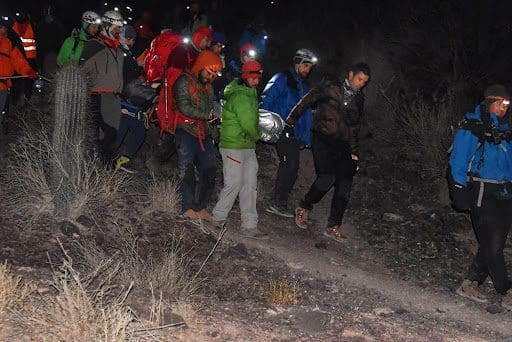
Facing the trauma
I was hospitalized for observation for a week following my rescue, and the full recovery took closer to a month. A year later, I continue to do physical therapy.
With the support of my mountaineering group, the Friends of the Mountain Club, I was able to get back to doing what I love as quickly as possible.
For my return to the sport, they encouraged me to attempt an ascent to the base of Cerro Negro, about 100 miles from Salta near San Antonio de Los Cobres. I steeled myself and accepted the challenge. It meant even more because that was the first ascent I ever completed.
I have tackled several more successful expeditions since then. Nothing stops me.
